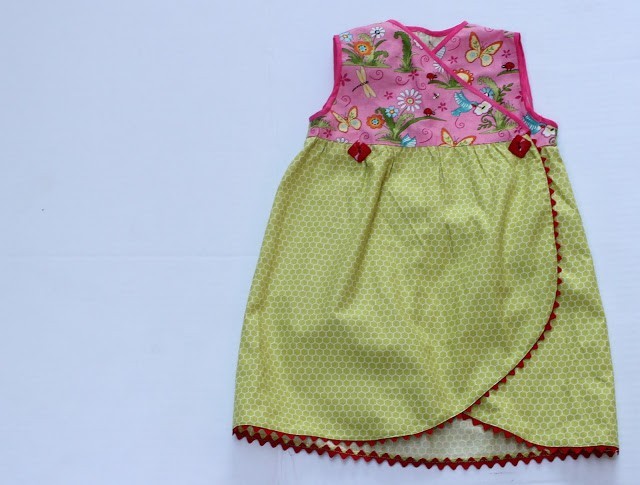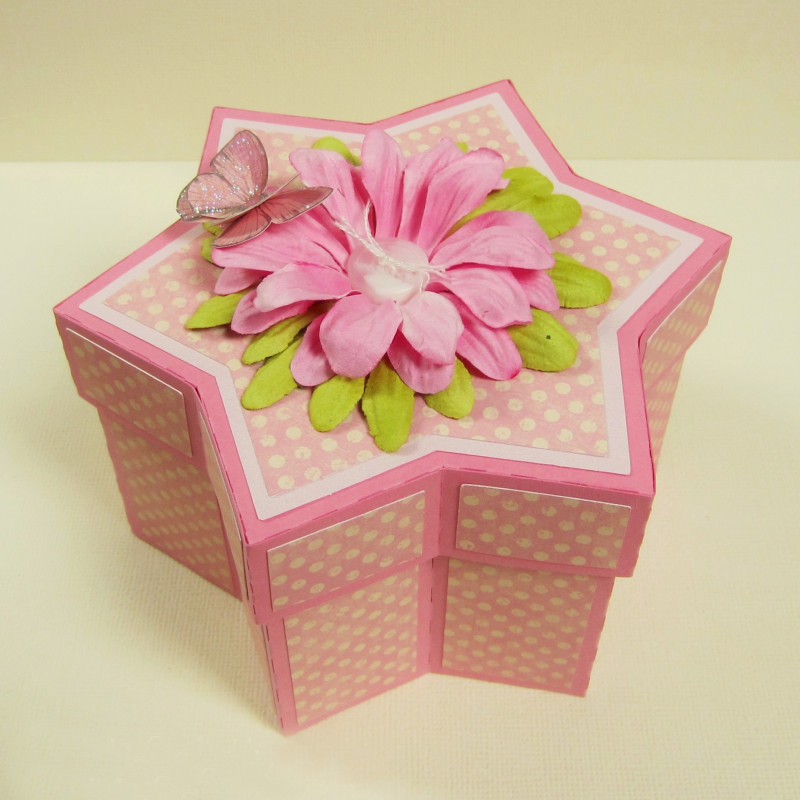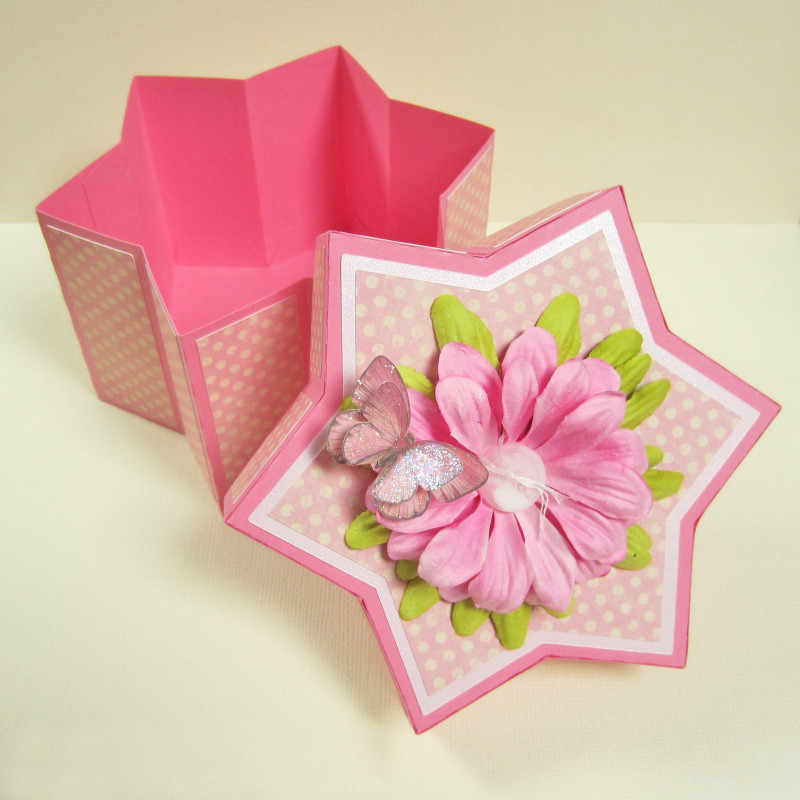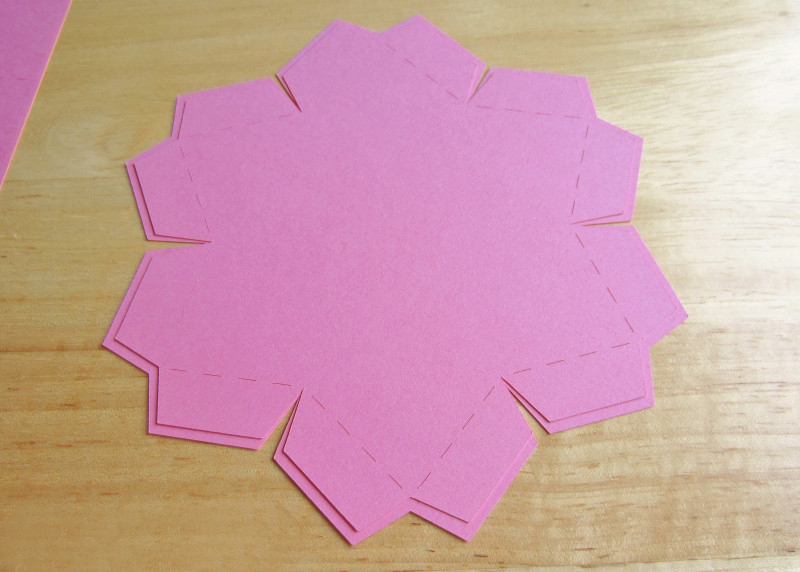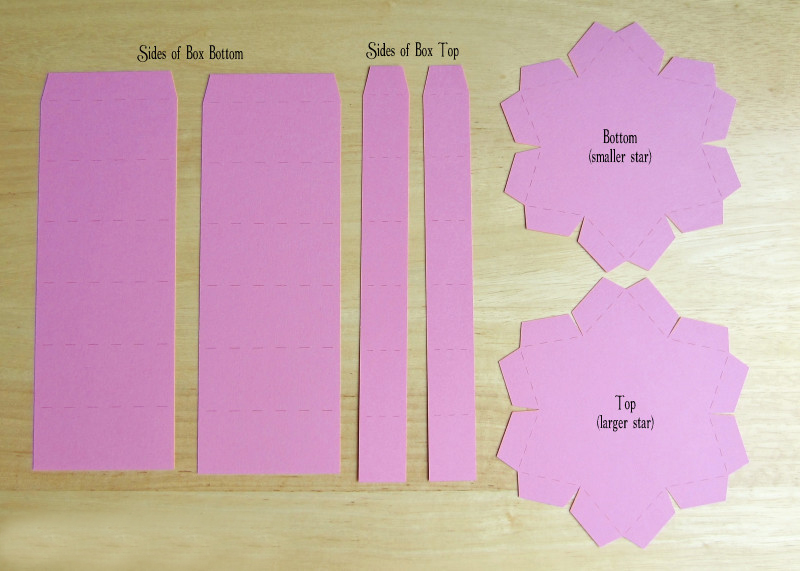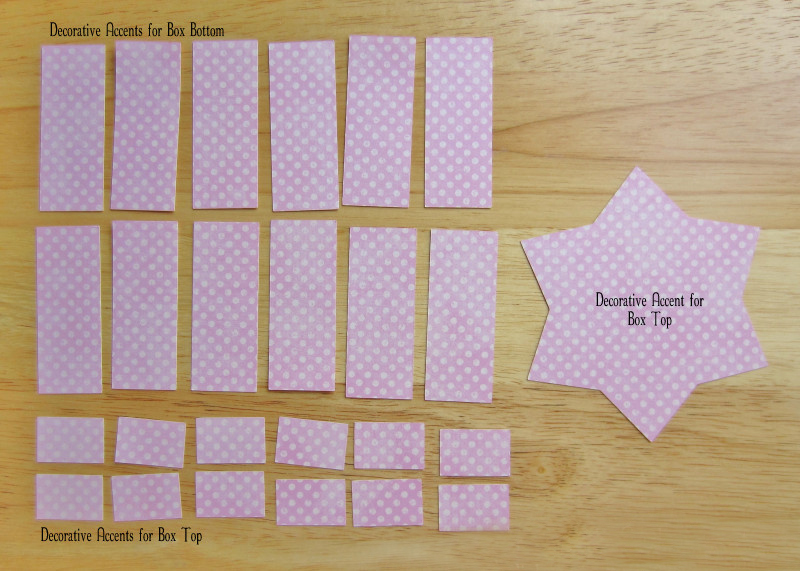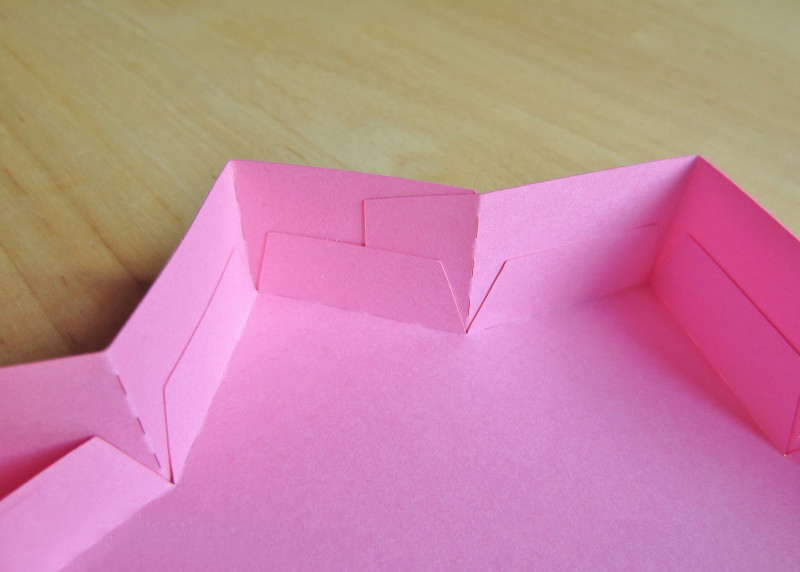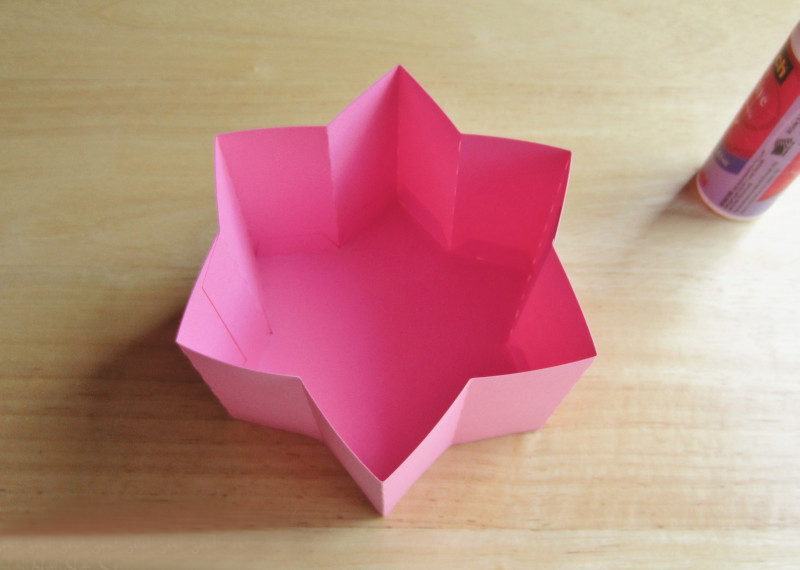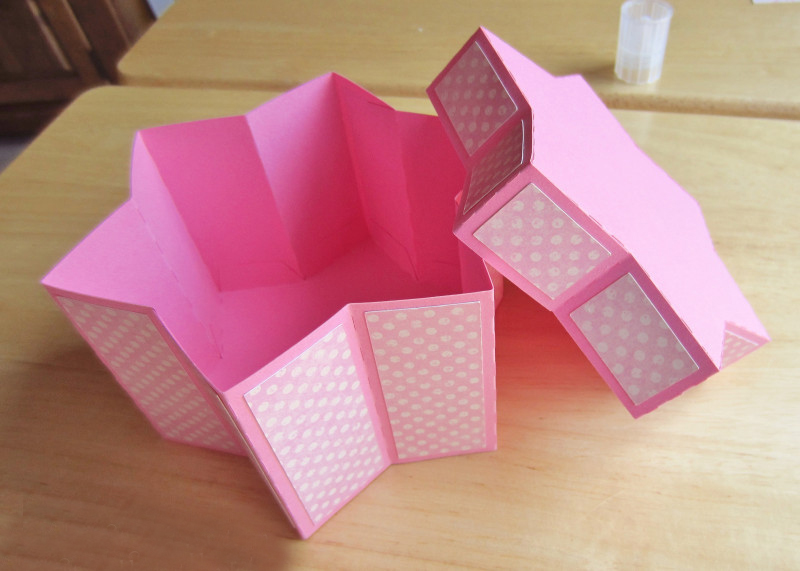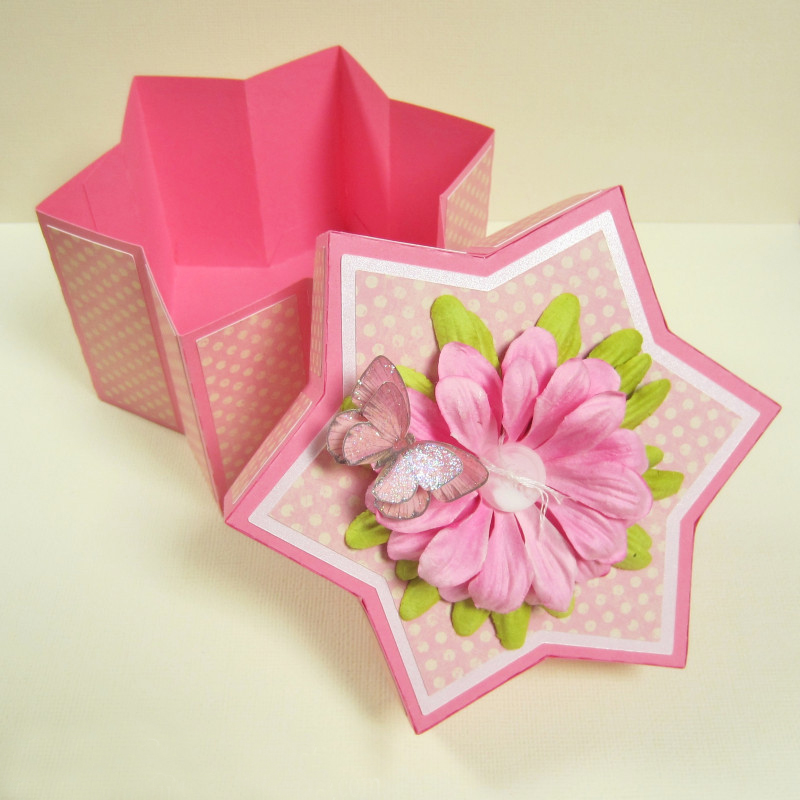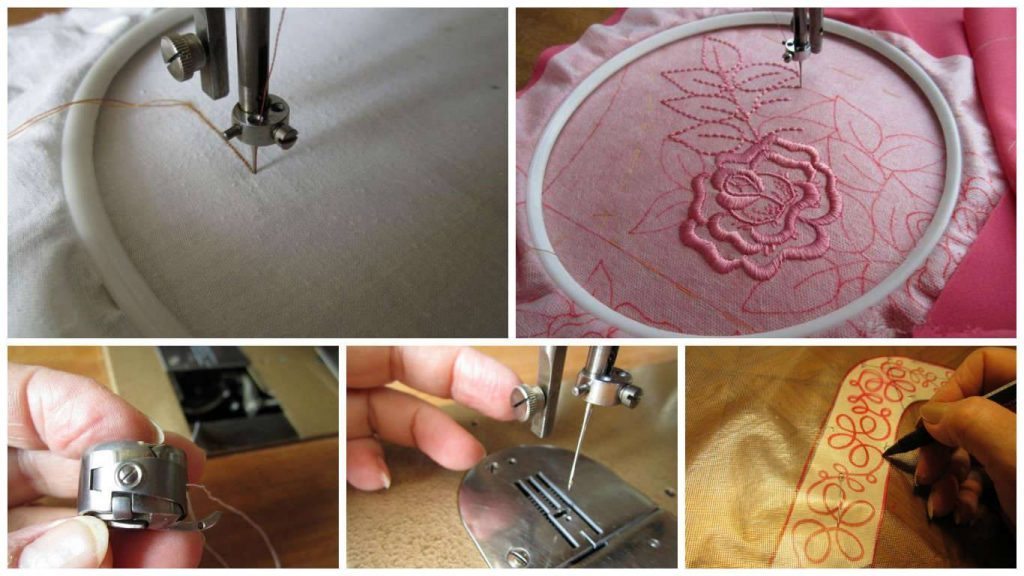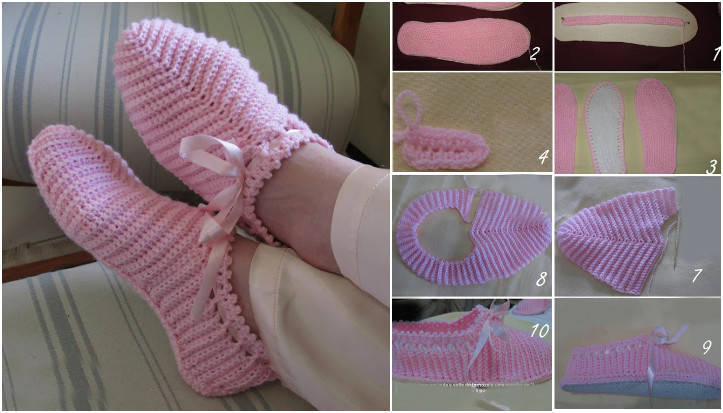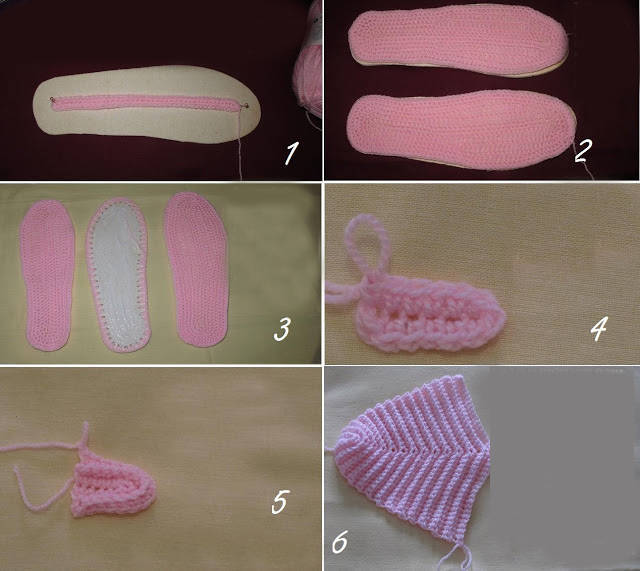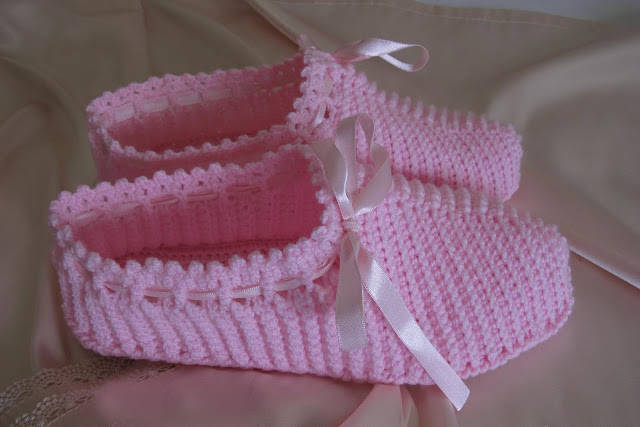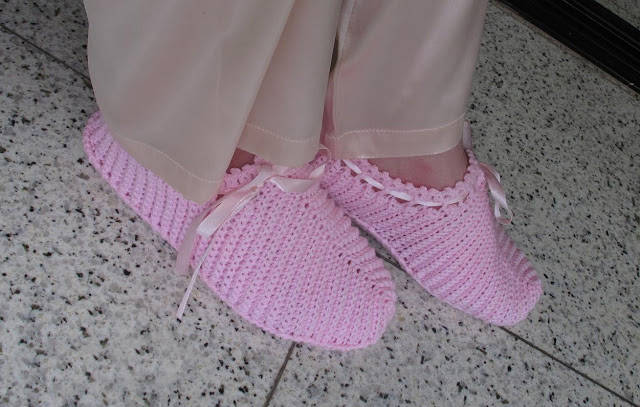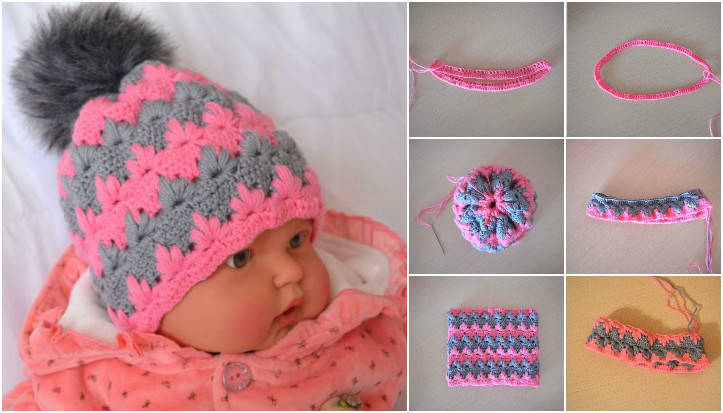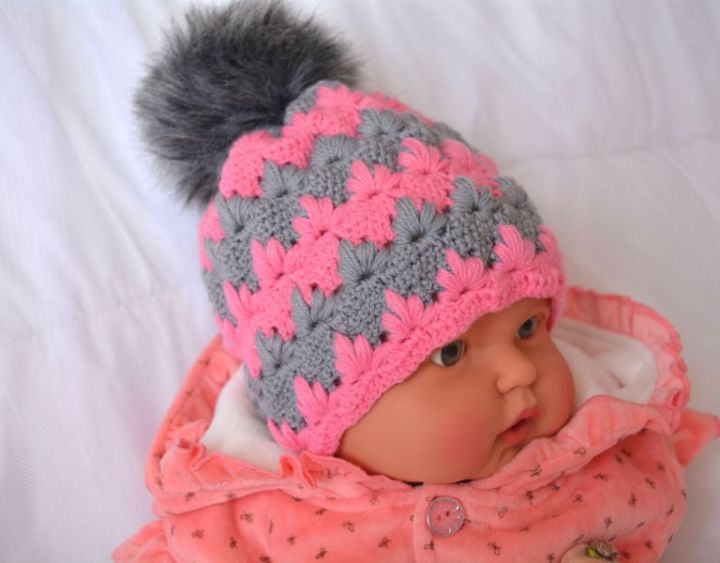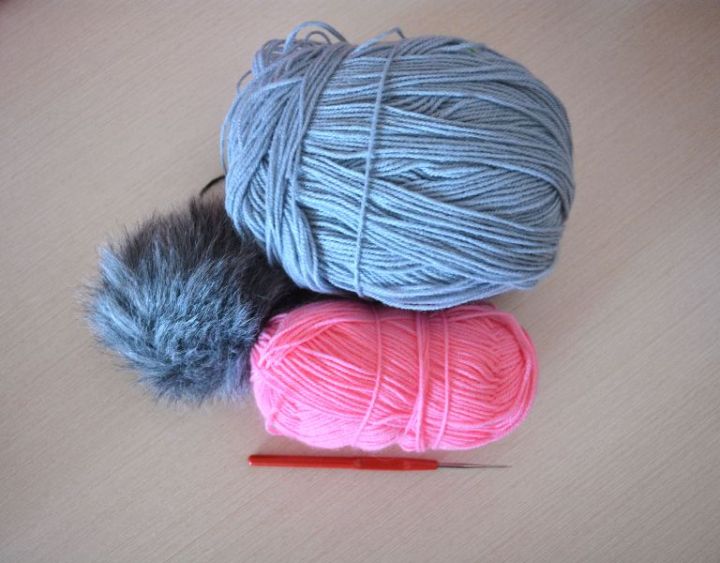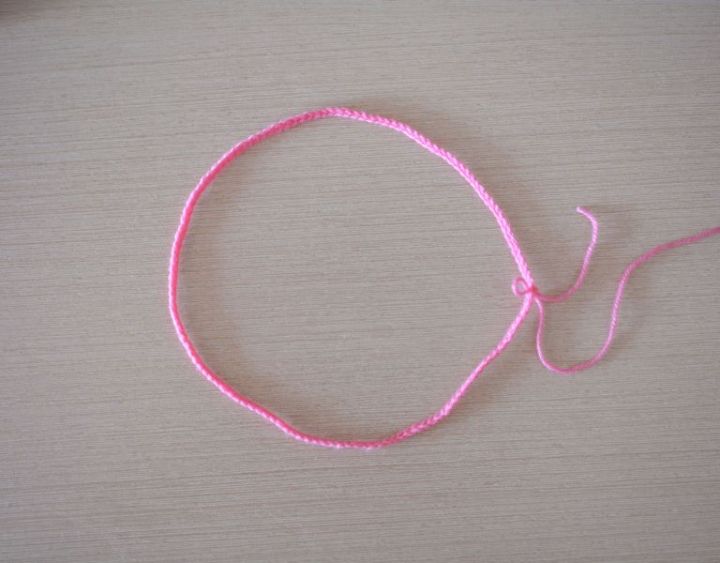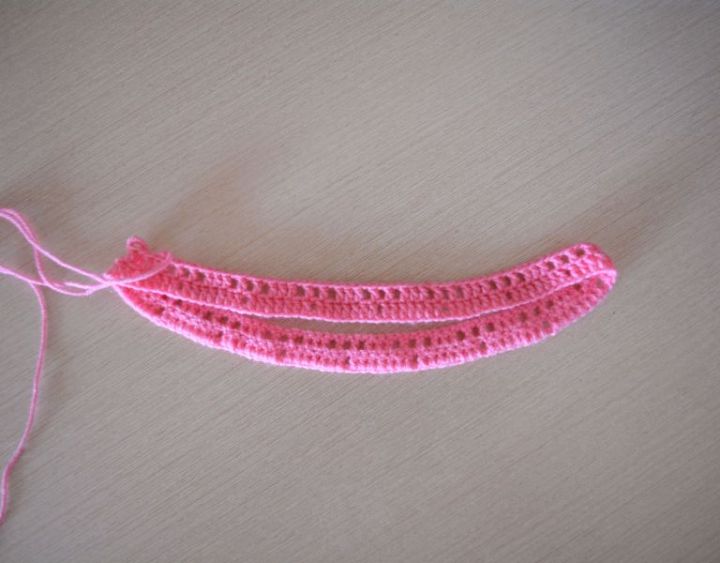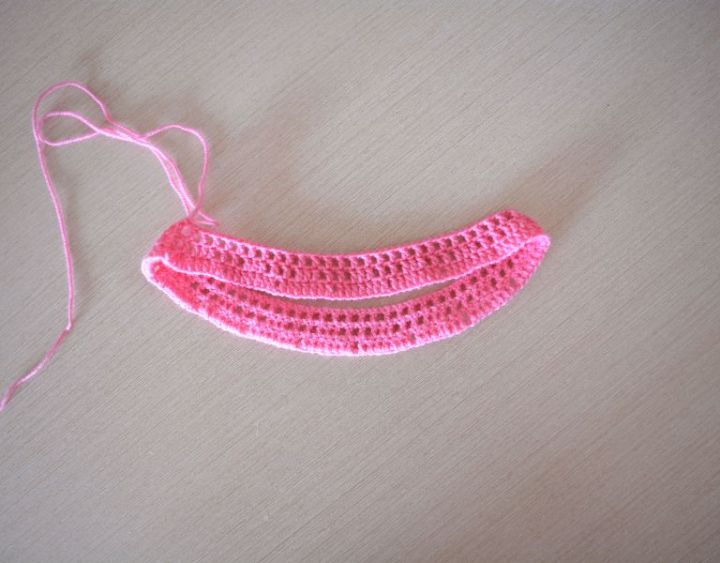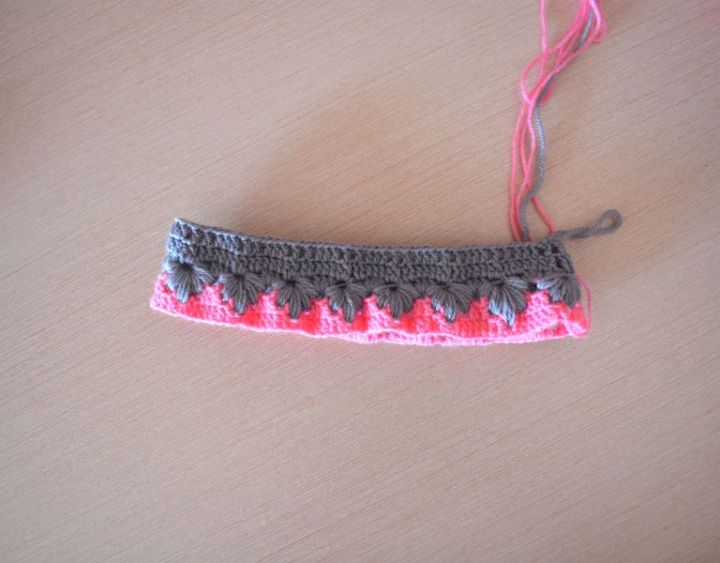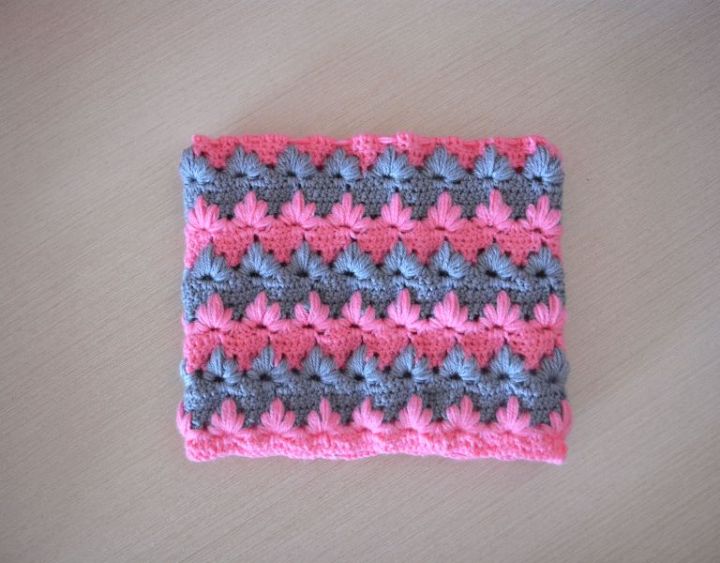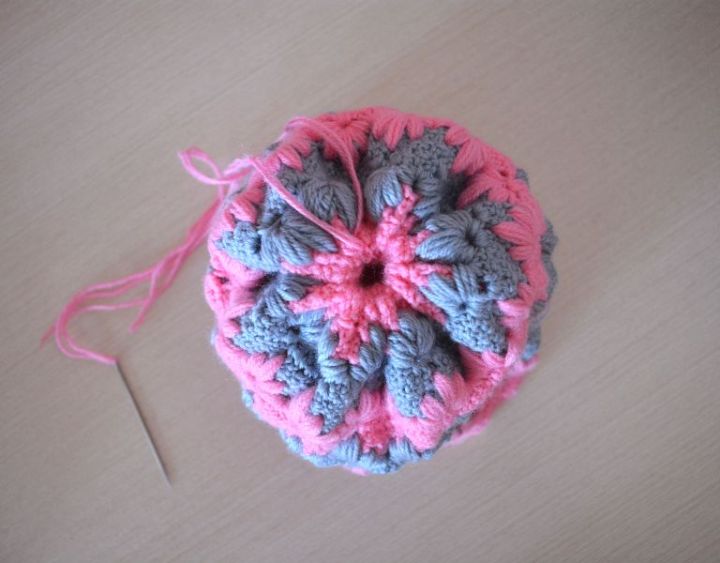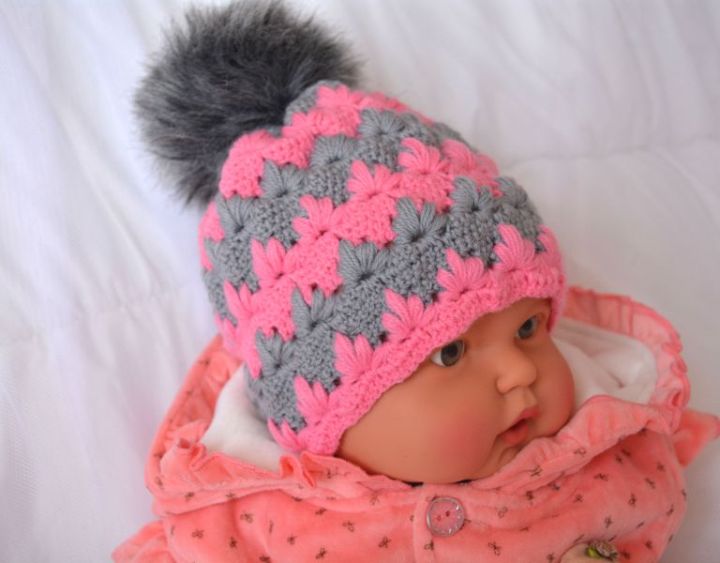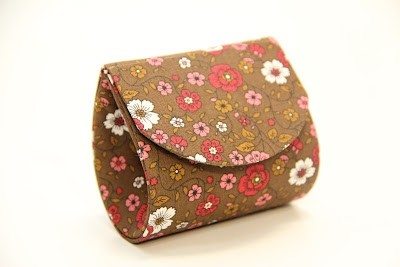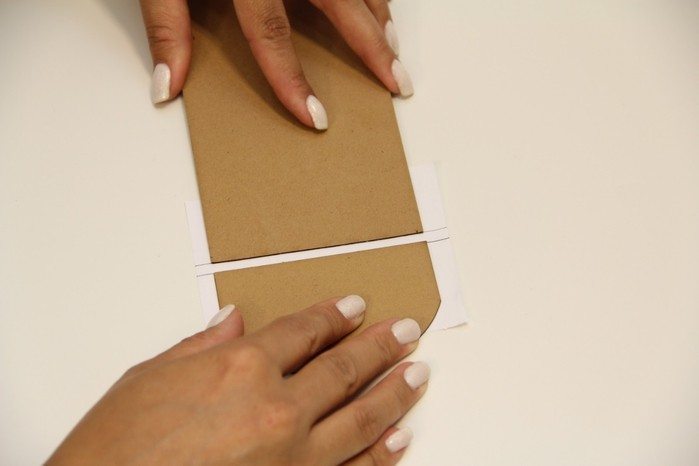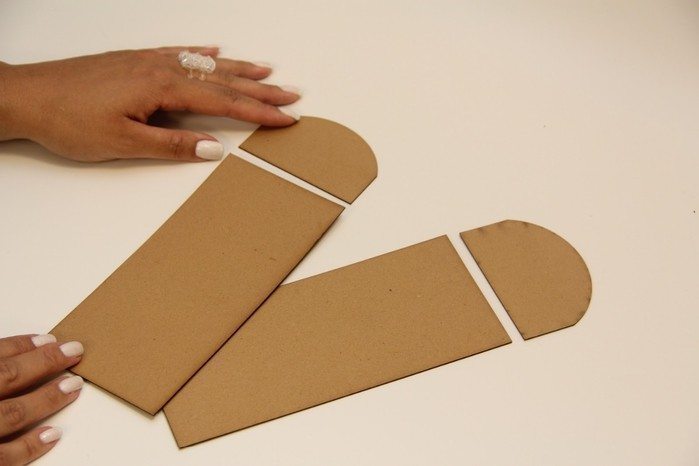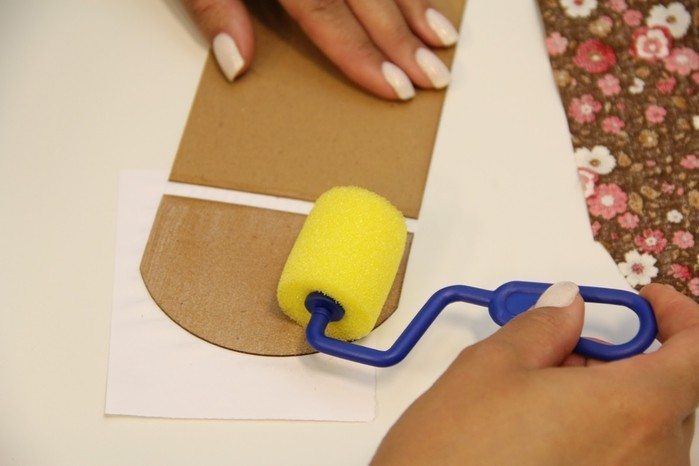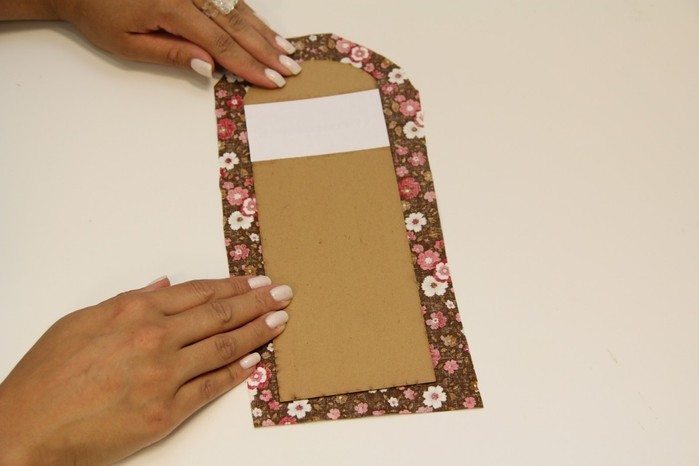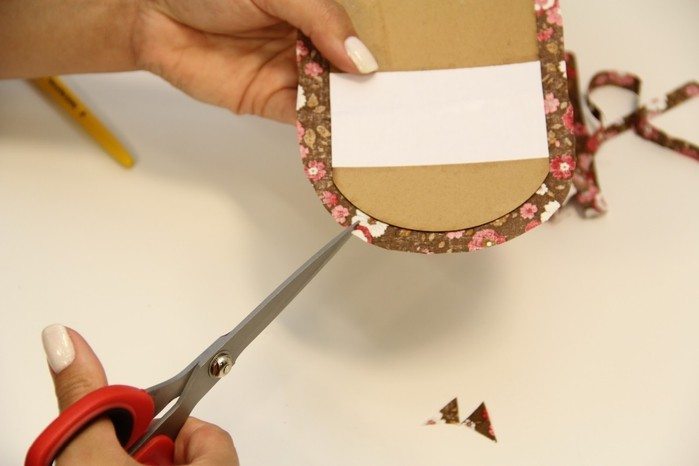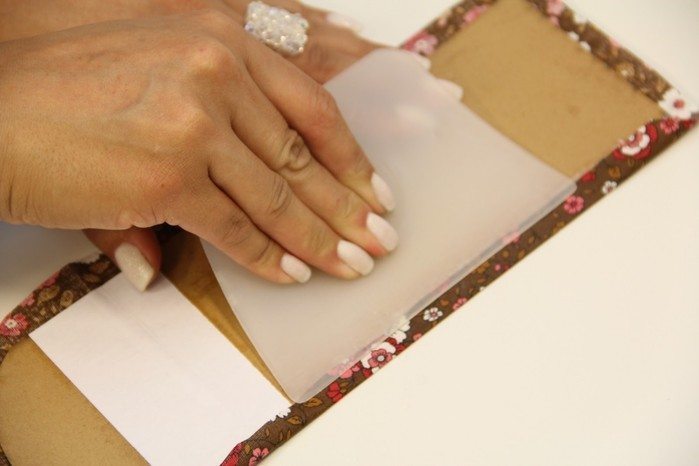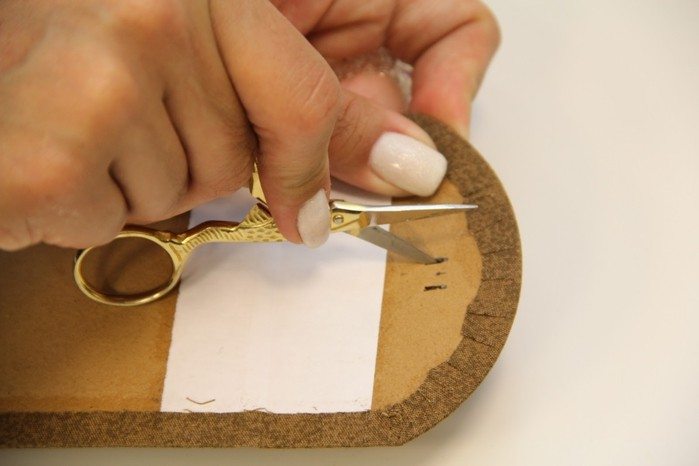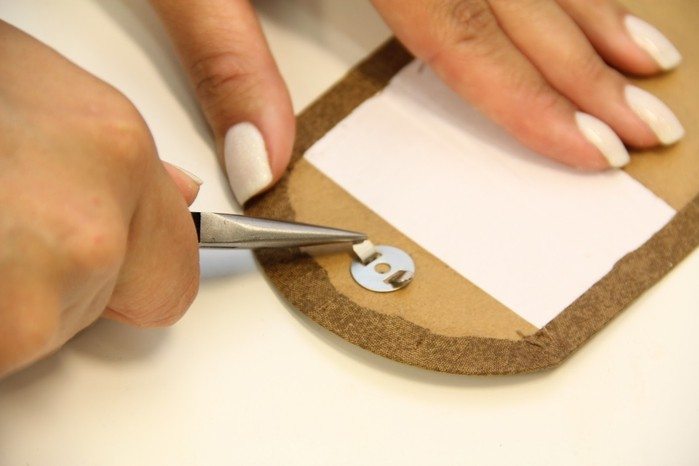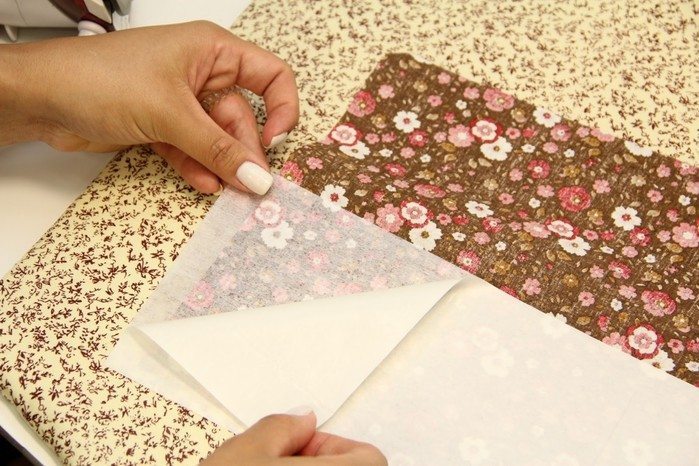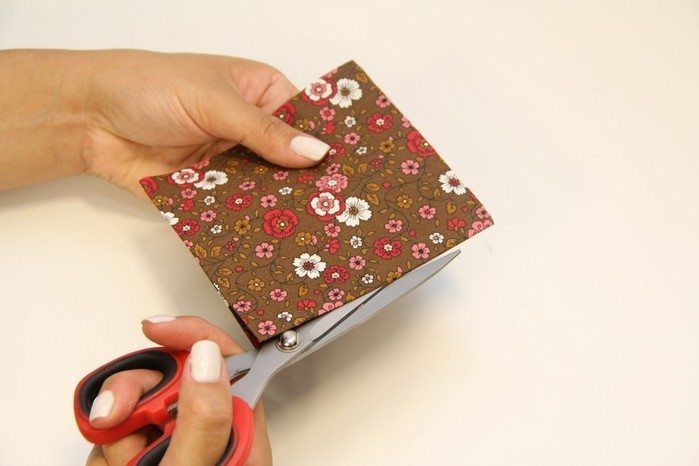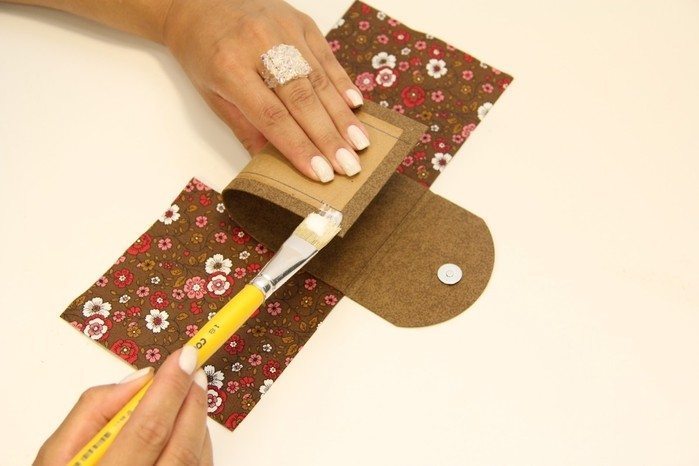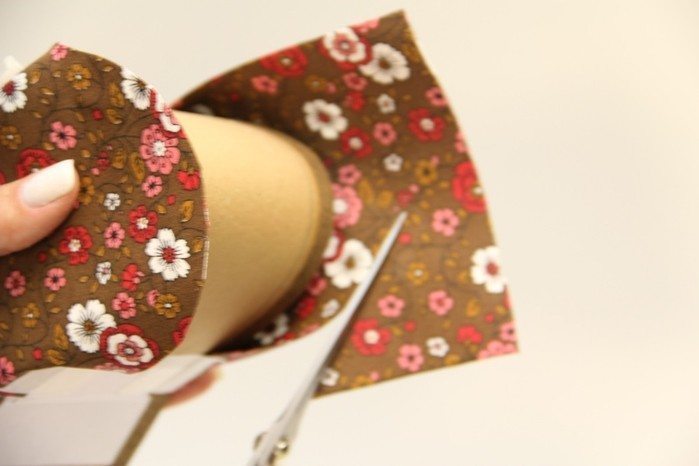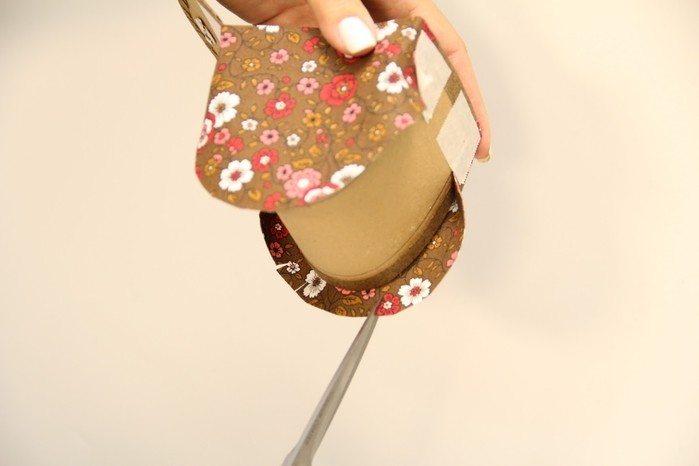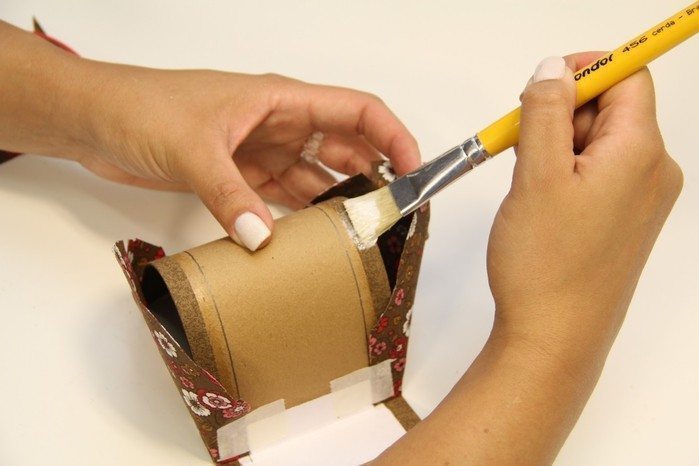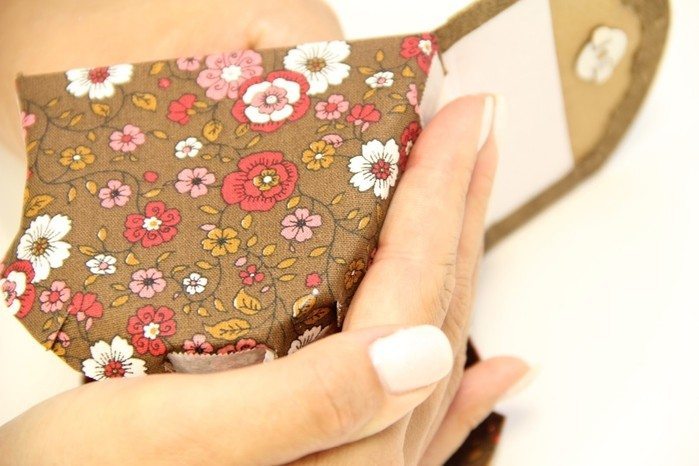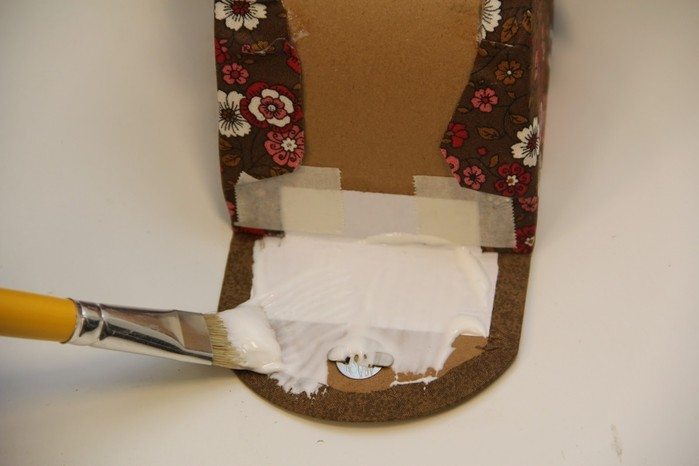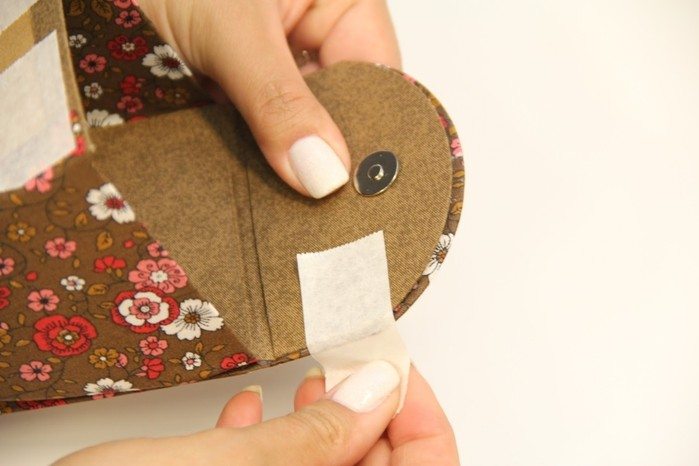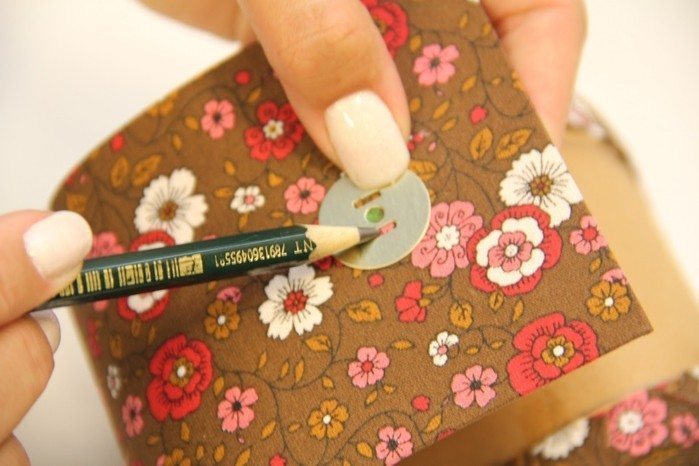
We need:
- blue 1253;
- green 678,
- yellow 371,
- rose 93;
- Total: 2395.
- The size of the modules 1/32.
Let’s start with the body.
Putting 2 rows of 10 modules, make a chain.
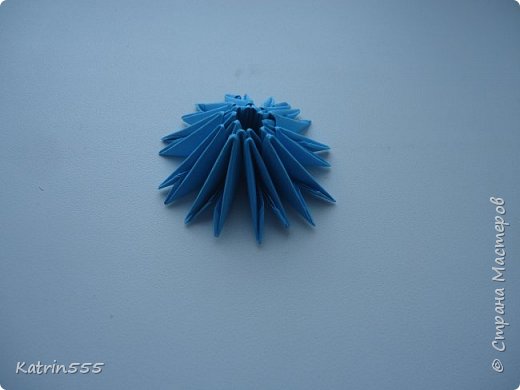 3 series of 20 moduley.Odevaem way (picture shown in a different color).
3 series of 20 moduley.Odevaem way (picture shown in a different color). 4,5,6,7,8,9y ranks dress ….. 20 modules in each row.
4,5,6,7,8,9y ranks dress ….. 20 modules in each row.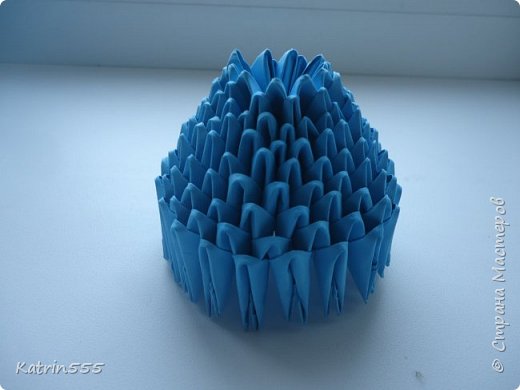 In a series of dress 10 m 3 modules typically ray of a 2 by 2, 3, usually 2 2 ray of, etc. It turns out 25 pieces. in the row.
In a series of dress 10 m 3 modules typically ray of a 2 by 2, 3, usually 2 2 ray of, etc. It turns out 25 pieces. in the row.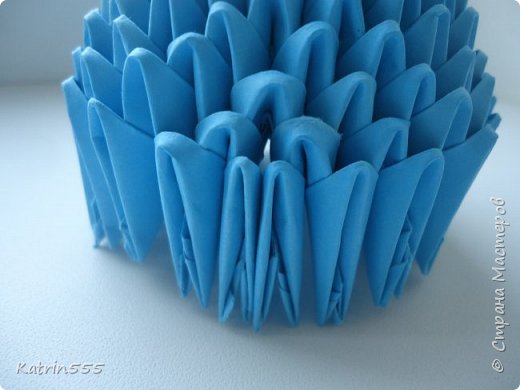 11,12 and 13 in the series of 25 modules, 14th series of dress 18 modules, 14 ray of reserve.
11,12 and 13 in the series of 25 modules, 14th series of dress 18 modules, 14 ray of reserve.
Next to these 18 dress 17 modules, and then again 18, then 17 and 18y number again 18 modules, 19 series of 17 modules, 20y- 18 modules.
I do so, leaving a hole in the trunk for hvosta.Vy and can not bother to wear until the 21st series of 25 modules.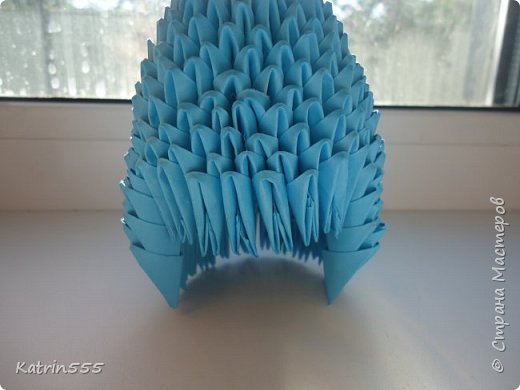 21 and 22 series in 30 moduley.Vot so looks a hole in the trunk.
21 and 22 series in 30 moduley.Vot so looks a hole in the trunk.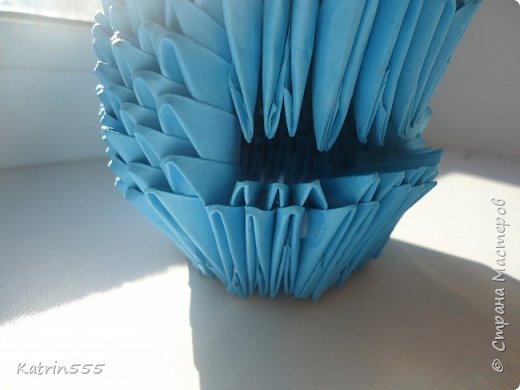 23rd series of dress one ray of module 3, poluchaetsya 20 modules ryadu.Po middle one pink dress.
23rd series of dress one ray of module 3, poluchaetsya 20 modules ryadu.Po middle one pink dress.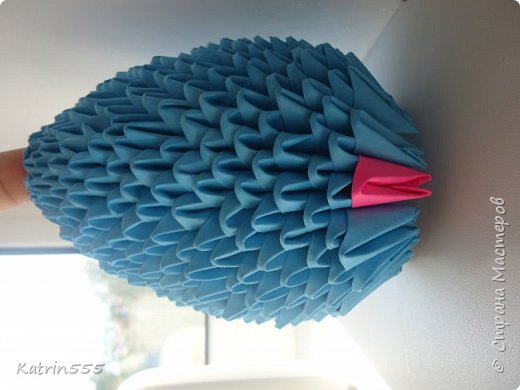 In the 24m row 1 module pink dress pink 2, the other 18 blue.
In the 24m row 1 module pink dress pink 2, the other 18 blue. 25th number 1 pink, 19 sinih.Odevaem way.
25th number 1 pink, 19 sinih.Odevaem way.
Our body is ready. We proceed to the neck.
We proceed to the neck.
Putting 4 ryada.V first row of 8 modules, a second series of 9 modules, the third row again 8 modules, the fourth series of 9 modules, the center 1 pink.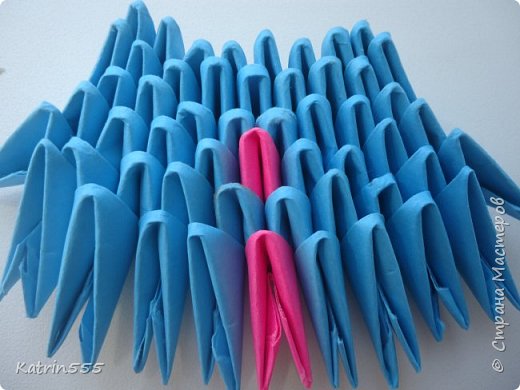 7th series of 10 blue.
7th series of 10 blue.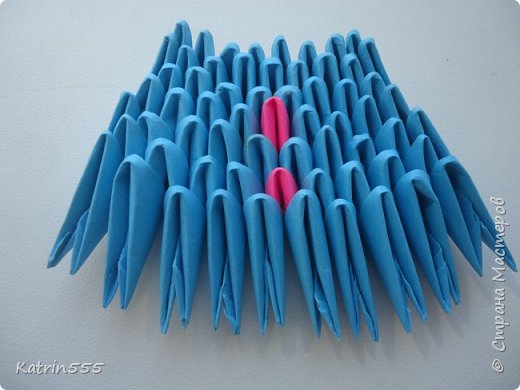 8th series of 8 blue, 1 pink.
8th series of 8 blue, 1 pink.
9th number 10 blue.
10th series of 8 blue, 1 pink.
11th number 10 blue.
12th series of 8 blue, 1 pink.
13th number of the first module of a three ray of the second, too, three ray of 4 module typically, 7th module as well as the first ray of a three and three-eighth ray of. Thus, among the leaves 8 modules.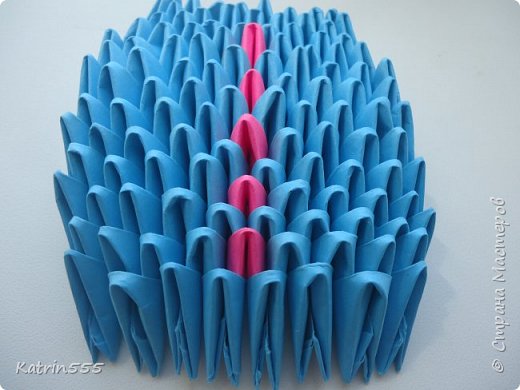 14th number again reducing, 1 pink dress in the usual way and 4 blue on the sides of each ray of three. Leaves 5 pieces in a row.
14th number again reducing, 1 pink dress in the usual way and 4 blue on the sides of each ray of three. Leaves 5 pieces in a row.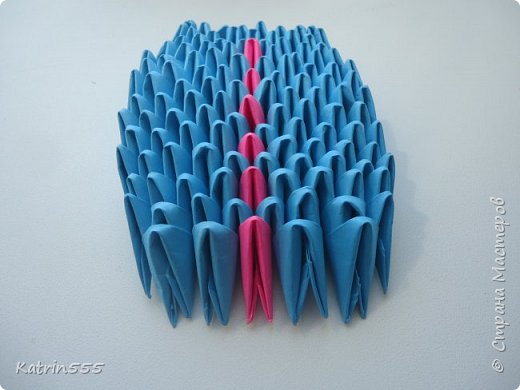 15th number 6 blue dress as usual.
15th number 6 blue dress as usual.
16th number 1 pink, 4 blue.
17th number 6 blue.
18y number 1 pink, 4 blue.
19y number 6 blue.
20th number 1 pink, 4 blue.
21y number 6 blue.
22nd row 1 pink, 4 blue.
23rd number 6 blue.
24y number 1 pink, 4 blue.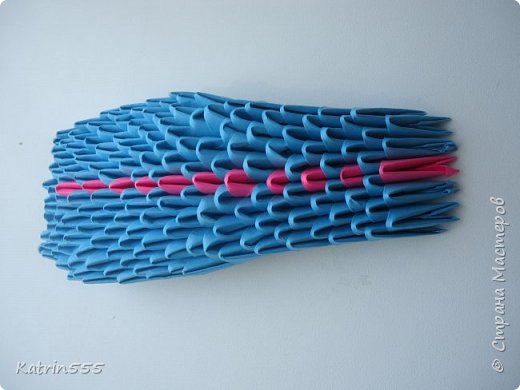 25th series make the cut, 4 blue dress.
25th series make the cut, 4 blue dress.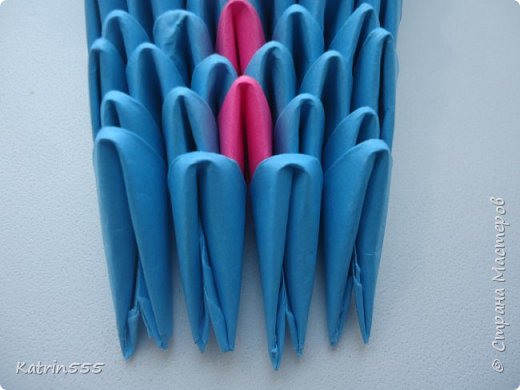 26th number 1 pink in the center, 2 blue on the sides.
26th number 1 pink in the center, 2 blue on the sides.
27y number 4 blue.
28y number 1 pink, 2 blue.
29y number 4 blue.
30th number 1 pink, 2 blue.
31y number 4 blue.
32nd number 1 pink, 2 blue .
33rd number 4 blue.
34th number 1 pink, 2 blue.
35th row 4 blue. 36th series of pink in the center, 2 extreme dress every 3 luchika.Takim way out in a series of 3 shtuki.Sverhu on them in the middle, 2 blue dress.
36th series of pink in the center, 2 extreme dress every 3 luchika.Takim way out in a series of 3 shtuki.Sverhu on them in the middle, 2 blue dress.
Neck ready.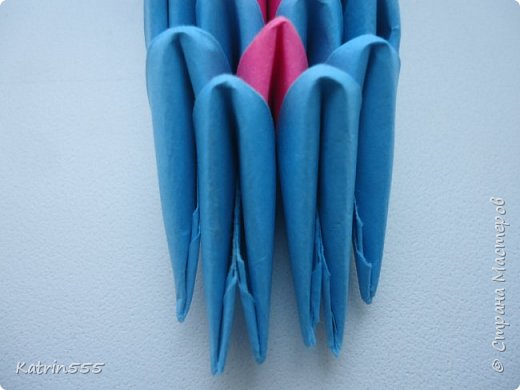 Now head.
Now head.
Take the 13 units, 13 more top dress, but the short side of the module naruzhu.Kazhdy better prokleivat.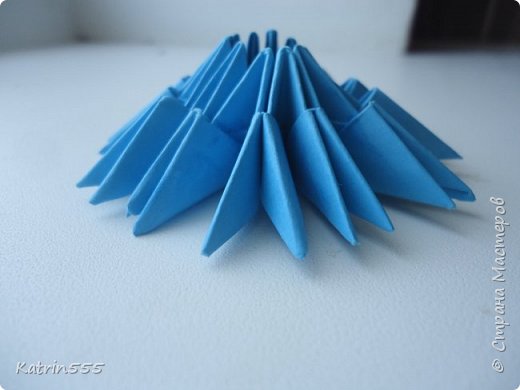 holding the edges to turn out blank.
holding the edges to turn out blank.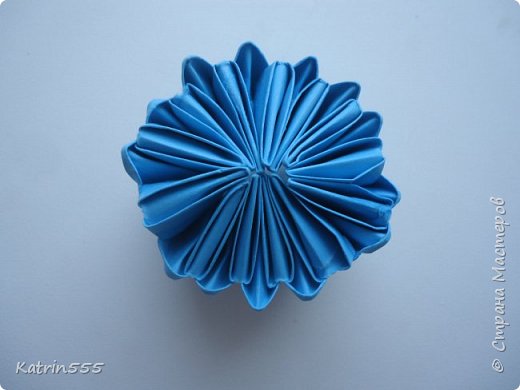 The third and fourth series of 13 pieces each.
The third and fourth series of 13 pieces each. In the fifth row we add 4 modulya.Odevaem 3 modules as usual, 2 modules in the ray of 2, 3, as usual, the ray of 2 to 2, etc. At the other photo shows tsvetom.Vyhodit 17 pieces in a row.
In the fifth row we add 4 modulya.Odevaem 3 modules as usual, 2 modules in the ray of 2, 3, as usual, the ray of 2 to 2, etc. At the other photo shows tsvetom.Vyhodit 17 pieces in a row.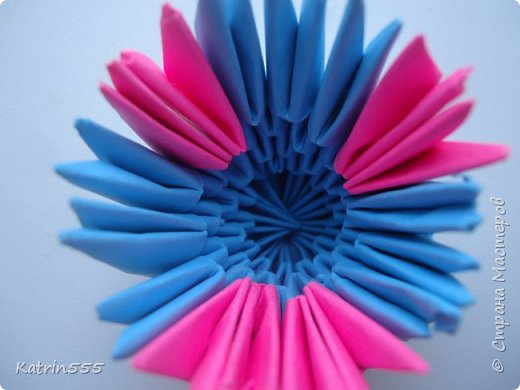 In a series of 8 blue 6m modules, 1 green, 7 blue, 1 green.
In a series of 8 blue 6m modules, 1 green, 7 blue, 1 green.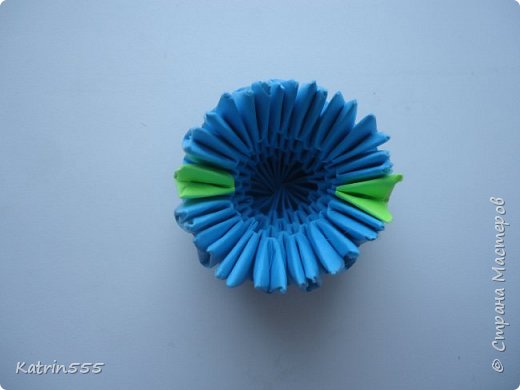 The 7m number 2 green, 7 blue, 2 green, 6 blue.
The 7m number 2 green, 7 blue, 2 green, 6 blue.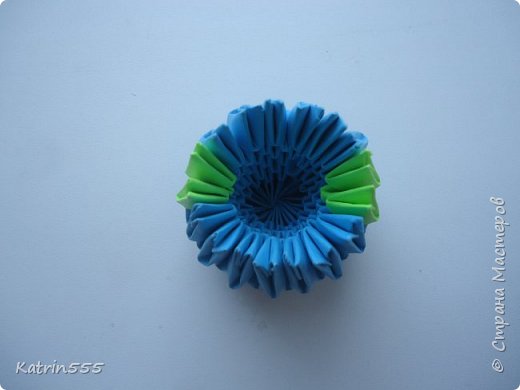 In the 8th row 1 green, 1 pink, 1 green, 6 blue, 1 green, 1 pink, 1 green, 5 blue.
In the 8th row 1 green, 1 pink, 1 green, 6 blue, 1 green, 1 pink, 1 green, 5 blue.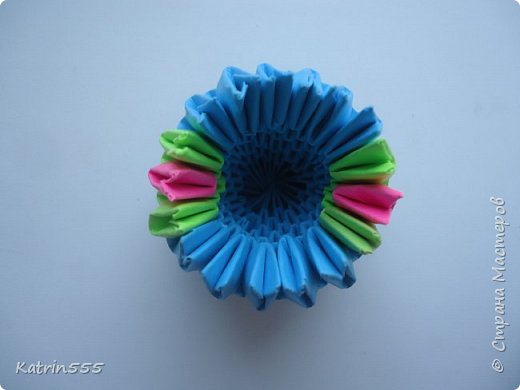 9th row 2 green, 3 blue, 1 yellow, 3 blue, 2 green, 6 blue,
9th row 2 green, 3 blue, 1 yellow, 3 blue, 2 green, 6 blue,
10th number 1 green, 3 blue, 2 yellow, 3 blue, 1 green, 7 blue;
11th series of 3 yellow, the other blue;
12th series 4 yellow;
13th series of 5 yellow;
14th series go to umenshenie.Odevaem 4 yellow, every ray of module 3, blue dress like obychno.Vyhodit 15 pieces in a row.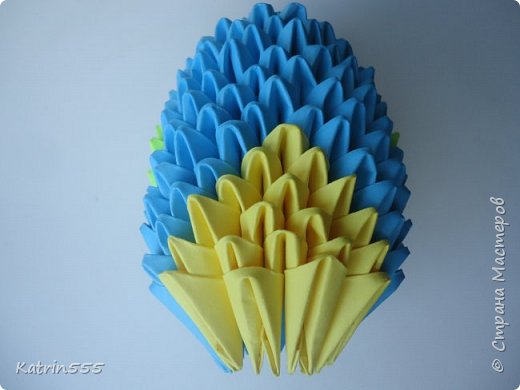 15th row 5 yellow, 2 blue dress on the sides as usual, and 4 blue dress from the bottom every 3 luchika.Vyhodit 13 pieces in a row.
15th row 5 yellow, 2 blue dress on the sides as usual, and 4 blue dress from the bottom every 3 luchika.Vyhodit 13 pieces in a row.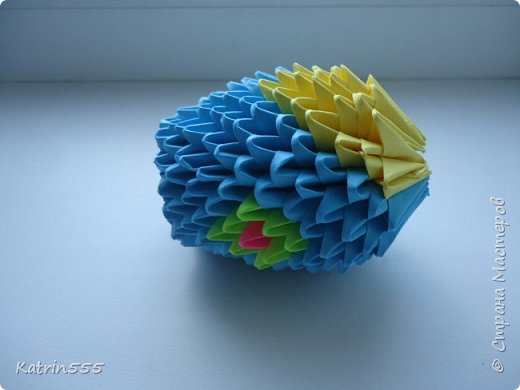 And the last, 16th ryad.Odevaem yellow 4 modules, each ray of 3, 7 as the blue obychno.Golova gotova.Oformim later)
And the last, 16th ryad.Odevaem yellow 4 modules, each ray of 3, 7 as the blue obychno.Golova gotova.Oformim later)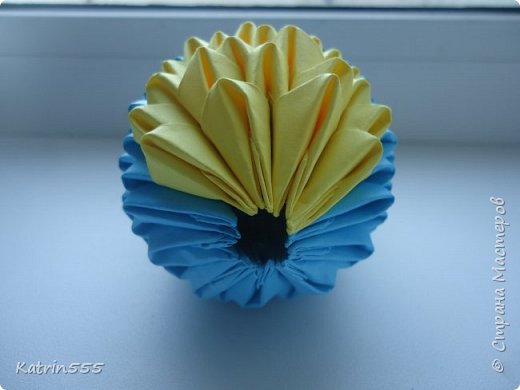 We proceed to the tail.
We proceed to the tail.
Collect 3 ryada.V the first 19 units, the second series of 18 modules, the third 17 units.
!!! Each module prokleivat PVA better, but in this case the tail once, during assembly, it is necessary to curve shape.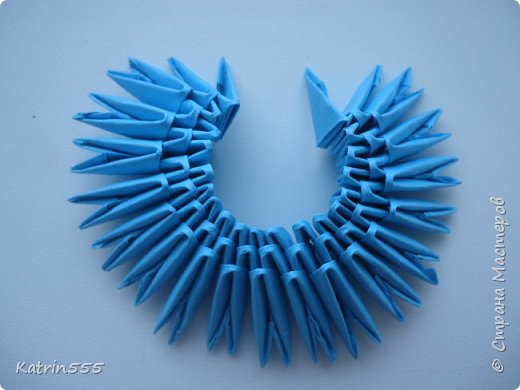 4th series of 18 yellow.
4th series of 18 yellow.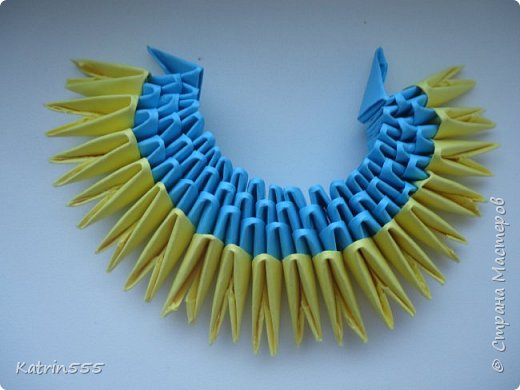 5th row 1 blue, 1 yellow, 3 green, 1 yellow, 3 green, 1 yellow, 3 green, 1 yellow, 3 green, 1 yellow, 1 blue.
5th row 1 blue, 1 yellow, 3 green, 1 yellow, 3 green, 1 yellow, 3 green, 1 yellow, 3 green, 1 yellow, 1 blue.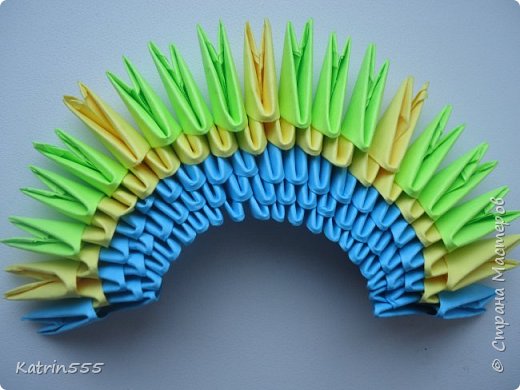 6th row 1 blue, 1 yellow, 2 green, 2 yellow, 2 green, 2 yellow, 2 green, 2 yellow, 2 green, 1 yellow, 1 green siniy.Mezhdu a pink paste.
6th row 1 blue, 1 yellow, 2 green, 2 yellow, 2 green, 2 yellow, 2 green, 2 yellow, 2 green, 1 yellow, 1 green siniy.Mezhdu a pink paste. 1 blue, 1 yellow, 2 green, 1 yellow, 1 blue, 1 yellow, 2 green, 1 yellow, 1 blue, 1 yellow, 2 green, 1 yellow, 1 blue, 1 yellow, 2 green, 1 yellow, 1 blue .
1 blue, 1 yellow, 2 green, 1 yellow, 1 blue, 1 yellow, 2 green, 1 yellow, 1 blue, 1 yellow, 2 green, 1 yellow, 1 blue, 1 yellow, 2 green, 1 yellow, 1 blue . 1 blue, 1 yellow, 1 green, 1 yellow, 2 blue, 1 yellow, 1 green, 1 yellow, 2 blue, 1 yellow, 1 green, 1 yellow, 2 blue, 1 yellow, 1 green, 1 yellow, 1 blue .
1 blue, 1 yellow, 1 green, 1 yellow, 2 blue, 1 yellow, 1 green, 1 yellow, 2 blue, 1 yellow, 1 green, 1 yellow, 2 blue, 1 yellow, 1 green, 1 yellow, 1 blue .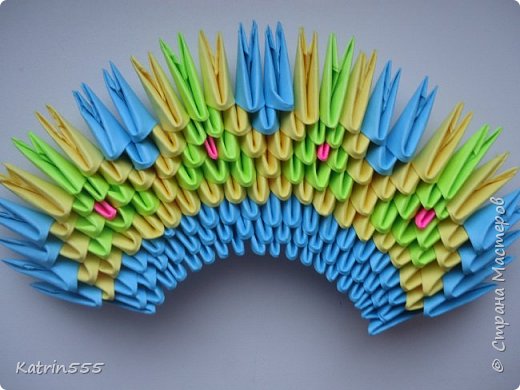 1 blue, 2 yellow, 1 blue, 2 ray of missing, again one blue, etc.
1 blue, 2 yellow, 1 blue, 2 ray of missing, again one blue, etc.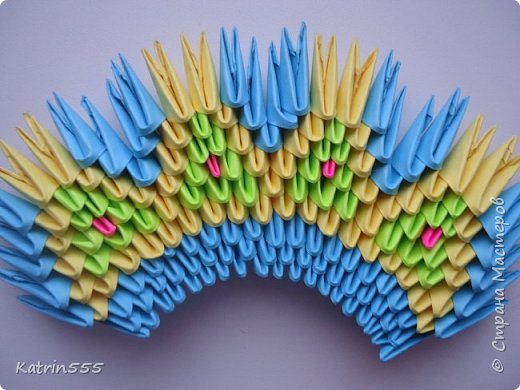 on top of the yellow dress one yellow, one on each side of the blue.
on top of the yellow dress one yellow, one on each side of the blue.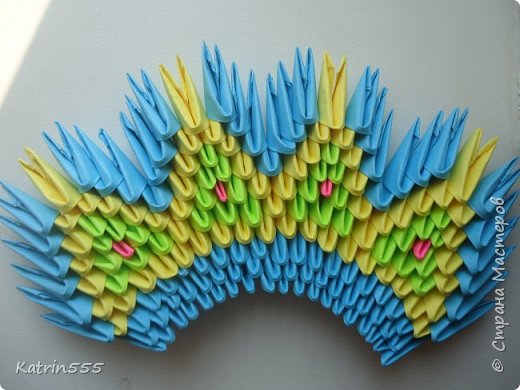 Top two blue on them one by one.
Top two blue on them one by one.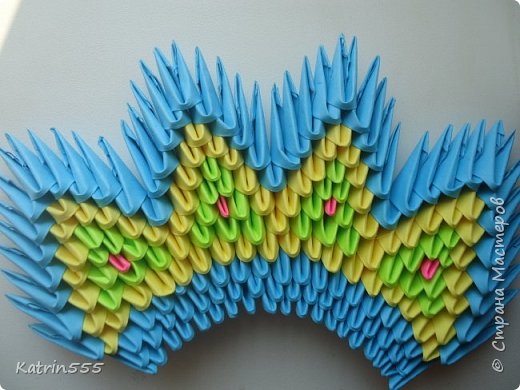 Make peryshki.Odevaem 1 blue, 1 green, 1 blue, 2 on top of the blue, 1 green on them.
Make peryshki.Odevaem 1 blue, 1 green, 1 blue, 2 on top of the blue, 1 green on them. Next to the green, one blue dress on a blue ray.
Next to the green, one blue dress on a blue ray. Top two green and blue on the sides as in the previous ryadu.Sverhu one yellow to green, flanked by the green and one blue.
Top two green and blue on the sides as in the previous ryadu.Sverhu one yellow to green, flanked by the green and one blue.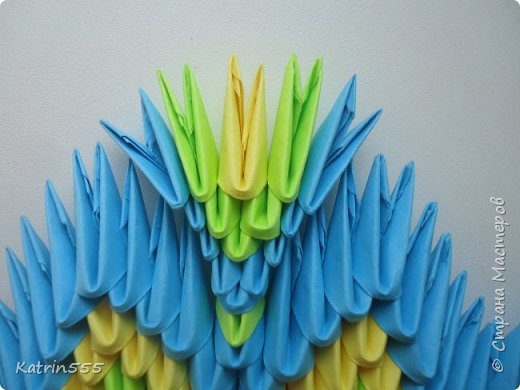 Top 2 green, next to the blue.
Top 2 green, next to the blue. Next 1 green, next to the blue and top them sinih.Delaem 2 of 3 more.
Next 1 green, next to the blue and top them sinih.Delaem 2 of 3 more.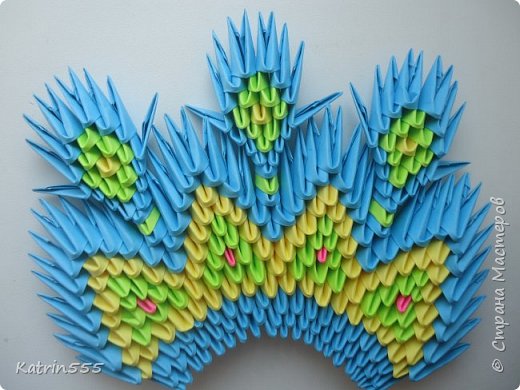 Now green peryshki.Odevaem one module 2 blue green, then one again, 2,1,2,1,2.
Now green peryshki.Odevaem one module 2 blue green, then one again, 2,1,2,1,2. Dress 2 green yellow and one on each side of the green, then yellow, and the top two on the sides of the green.
Dress 2 green yellow and one on each side of the green, then yellow, and the top two on the sides of the green.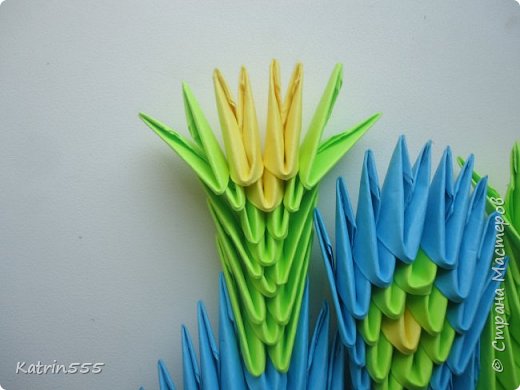 In the center of the blue near yellow, flanked by two blue zelenye.Sverhu next yellow on the sides of the green.
In the center of the blue near yellow, flanked by two blue zelenye.Sverhu next yellow on the sides of the green.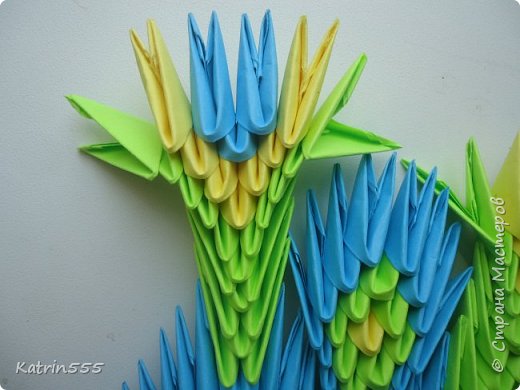 Then dress the center 1 pink, next to blue, then yellow and sides zelenye.Sverhu 2 blue, 2 yellow, 2 green, then blue 1, 2 yellow, 2 zelenyh.Posle 2 yellow, 2 green above 1 yellow, 2 green , 2 green top and the top 1 of 4 zelenyy.Delaem.
Then dress the center 1 pink, next to blue, then yellow and sides zelenye.Sverhu 2 blue, 2 yellow, 2 green, then blue 1, 2 yellow, 2 zelenyh.Posle 2 yellow, 2 green above 1 yellow, 2 green , 2 green top and the top 1 of 4 zelenyy.Delaem. Nearby peryshki.Odevaem 2 blue, they are green, two blue, green, 2 blue, green.
Nearby peryshki.Odevaem 2 blue, they are green, two blue, green, 2 blue, green.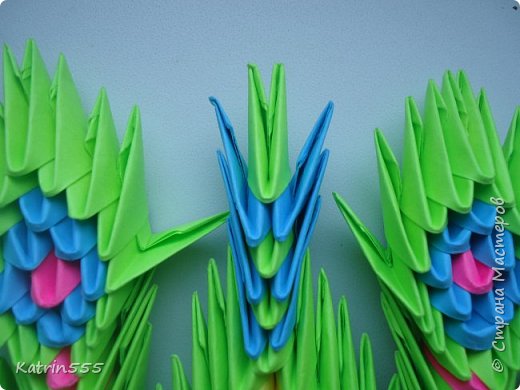 On each side of the green 2 blue, 2 green on, 2 blue, above the yellow, 2 green, 2 blue, 2 green on, 2 blue, still above the green and 2 blue, 2 blue above, the uppermost one of siniy.Delaem 3.
On each side of the green 2 blue, 2 green on, 2 blue, above the yellow, 2 green, 2 blue, 2 green on, 2 blue, still above the green and 2 blue, 2 blue above, the uppermost one of siniy.Delaem 3.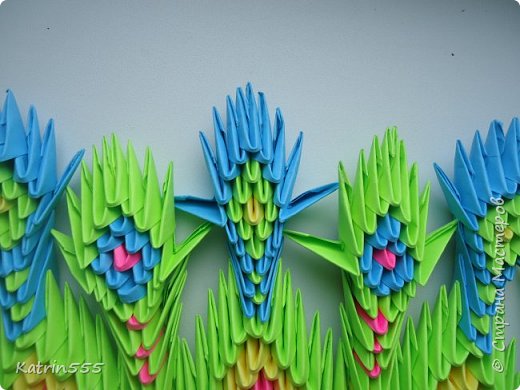 On the lower two feathers that in the center, dress 2 blue, 1 green, 2 blue, 1 green.
On the lower two feathers that in the center, dress 2 blue, 1 green, 2 blue, 1 green.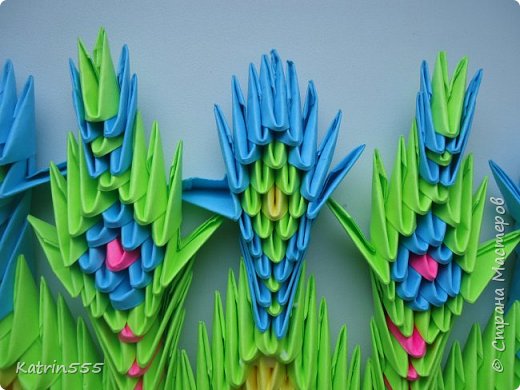 Making 4 arochki.V one arch modules 5 on one side, five on the other and one in the center.
Making 4 arochki.V one arch modules 5 on one side, five on the other and one in the center. Top blue dress.
Top blue dress.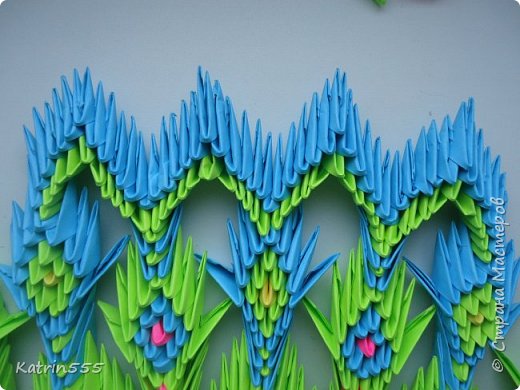 In the center of a pink dress 1, 2 above zelenyh.Posle 1 yellow, 2 green, then 2 yellow, 2 green after 1 pink, 2 yellow and 2 green.
In the center of a pink dress 1, 2 above zelenyh.Posle 1 yellow, 2 green, then 2 yellow, 2 green after 1 pink, 2 yellow and 2 green.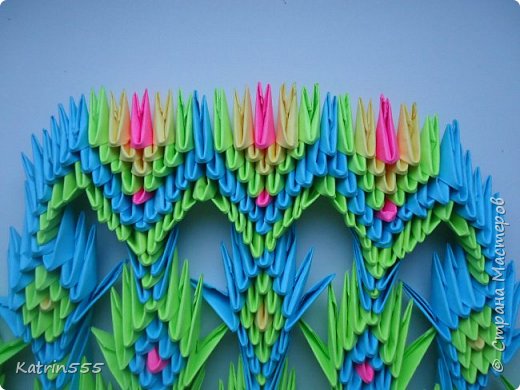 Then, on top of 2 yellow, 2 green above 1 yellow, 2 green, 2 blue, 2 green after 2 blue, then 1 green, 2 blue, 2 blue and on the tip 1 siniy.Takih 3 pieces.
Then, on top of 2 yellow, 2 green above 1 yellow, 2 green, 2 blue, 2 green after 2 blue, then 1 green, 2 blue, 2 blue and on the tip 1 siniy.Takih 3 pieces. And here is our little tail))
And here is our little tail))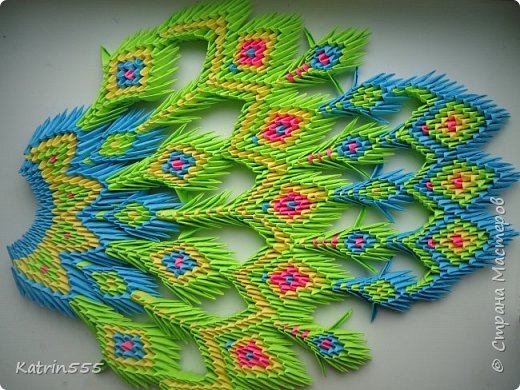 That’s all detali.Prikleivaem beak, eyes, hoholok.Soedinyaem all parts with Thermo)
That’s all detali.Prikleivaem beak, eyes, hoholok.Soedinyaem all parts with Thermo)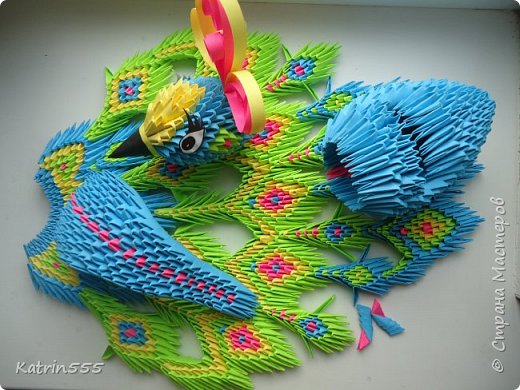 Our peacock 🙂
Our peacock 🙂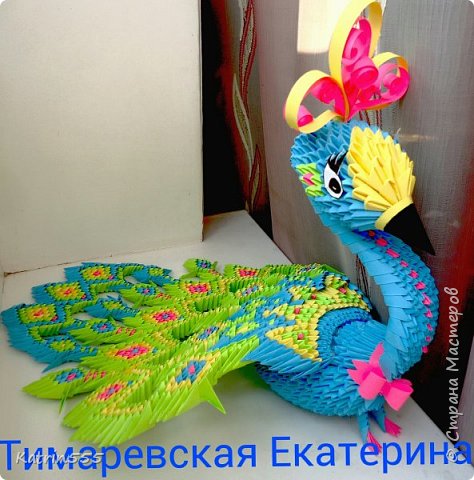
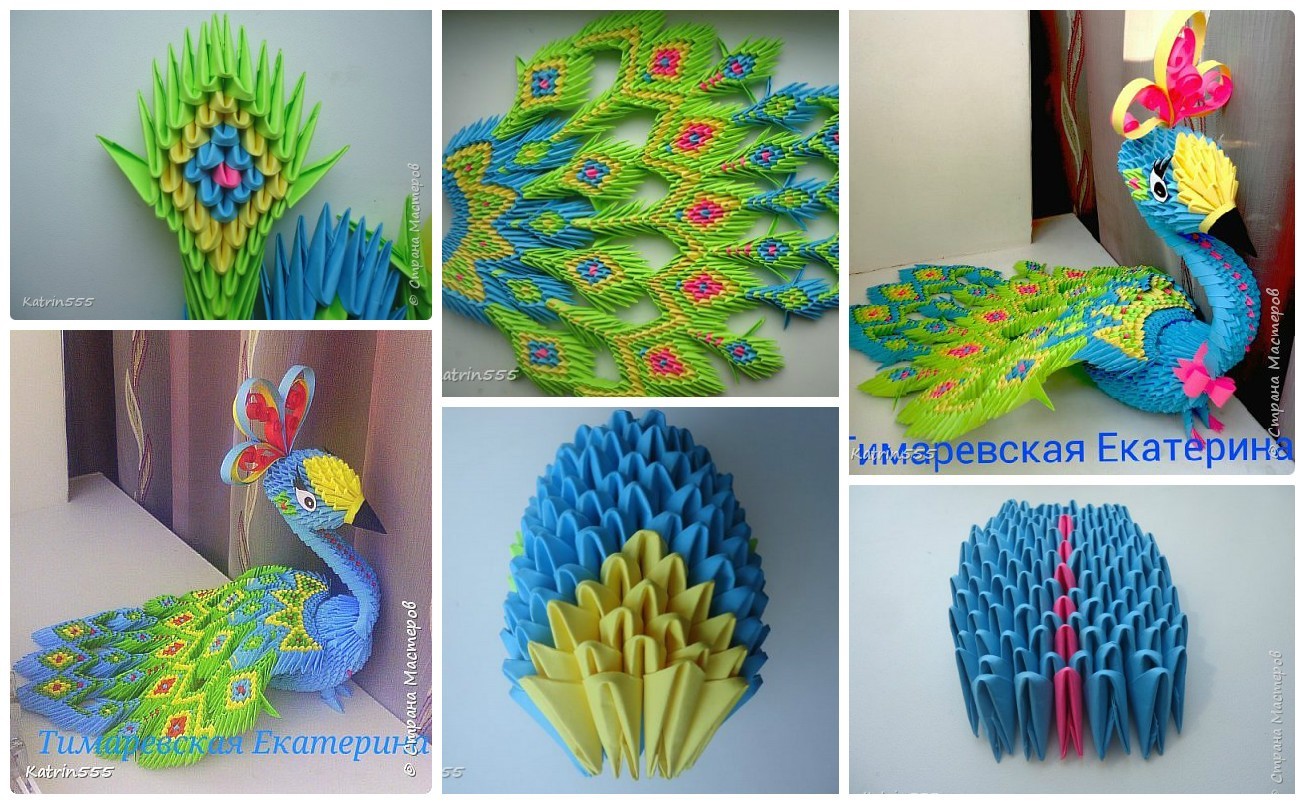
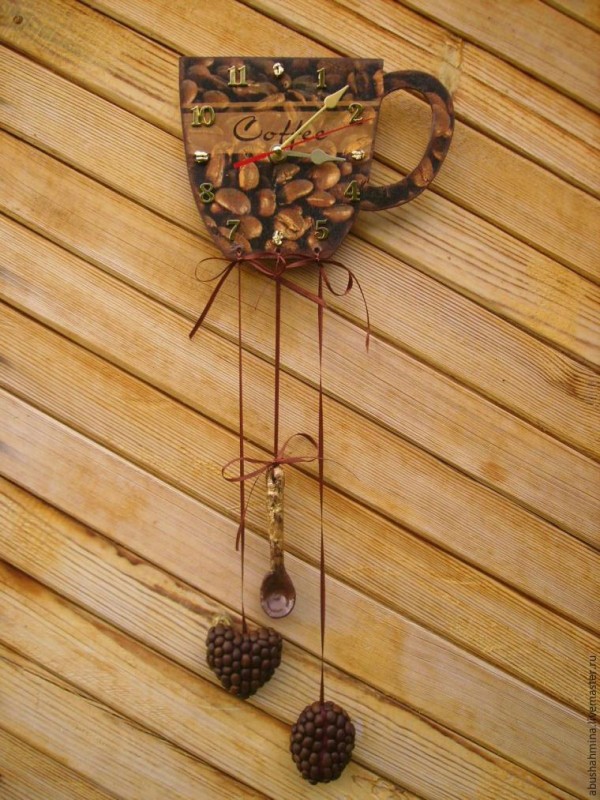
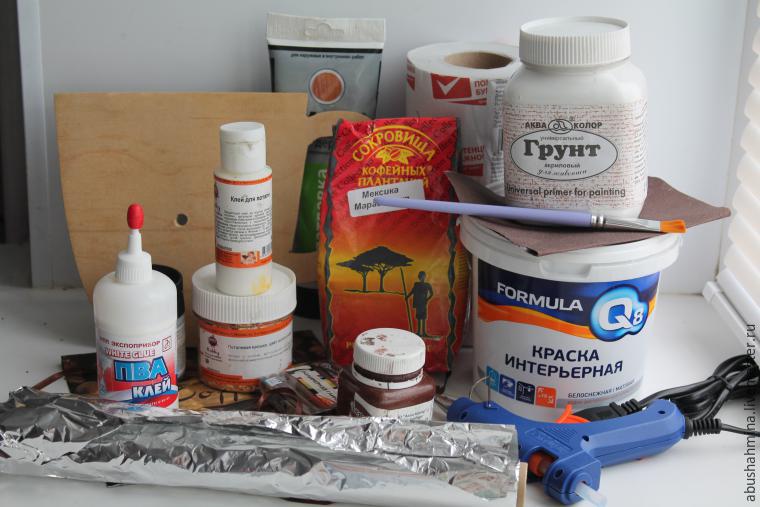 Then, in the course is the ground, I put or render it with a sponge.
Then, in the course is the ground, I put or render it with a sponge. The soil dries very quickly, and check if everything is dry, skin in 20-30 minutes. The next step – applying acrylic paint with a sponge or sponge evenly in 1 or 2 layers with drying. The paint I take in DIY stores: waterborne acrylic for interior use. 0.8-1.0 kg buckets on long enough.
The soil dries very quickly, and check if everything is dry, skin in 20-30 minutes. The next step – applying acrylic paint with a sponge or sponge evenly in 1 or 2 layers with drying. The paint I take in DIY stores: waterborne acrylic for interior use. 0.8-1.0 kg buckets on long enough.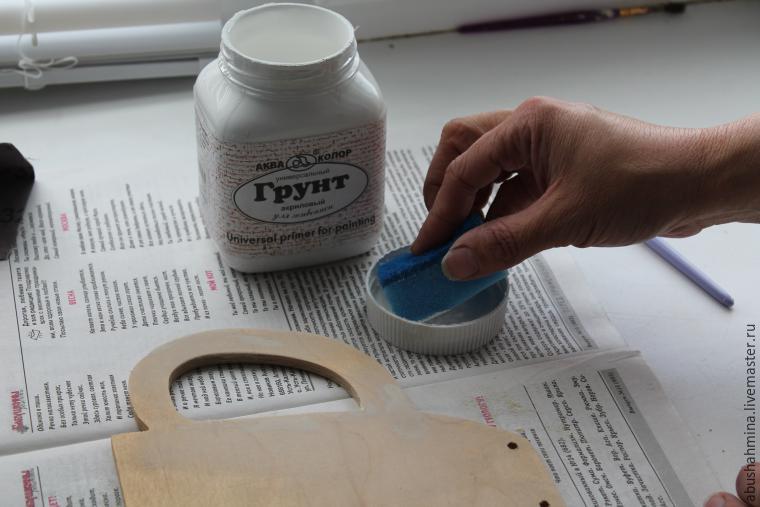 On my watch, two coats of acrylic paint well dried and now akruratno, without fanaticism hides. We need a perfectly flat, smooth monotonous white surface. The skin initially the average grain size in the end, a smaller, more gentle
On my watch, two coats of acrylic paint well dried and now akruratno, without fanaticism hides. We need a perfectly flat, smooth monotonous white surface. The skin initially the average grain size in the end, a smaller, more gentle I picked up a napkin here: solid coffee with a small inscription. My billet quarter cloth covers not fully, the handle on the big cup, I rep later.
I picked up a napkin here: solid coffee with a small inscription. My billet quarter cloth covers not fully, the handle on the big cup, I rep later.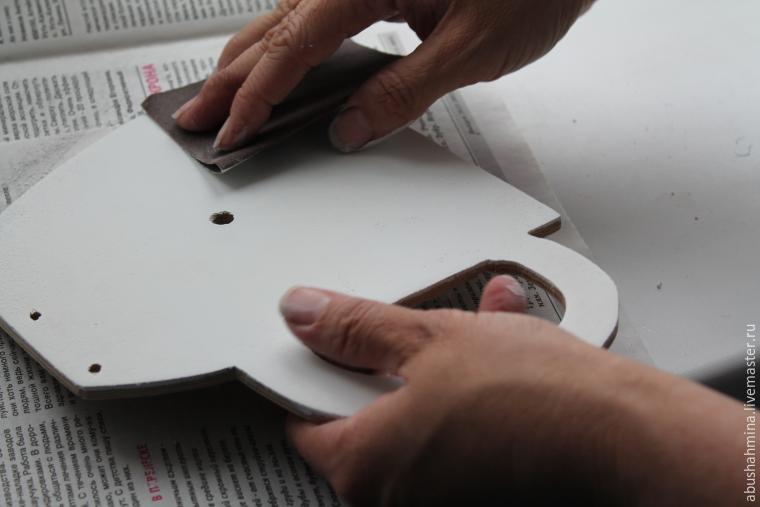 I’ve found method allows to stick a napkin neatly, without folds or tears. The top layer of paint wipes placed face down on the file and poured a puddle of water. While the water is distributed on a napkin, dabbing her napkin neatly straighten slightly stretched it sideways. The fingertips are helping to do this quickly, but carefully.
I’ve found method allows to stick a napkin neatly, without folds or tears. The top layer of paint wipes placed face down on the file and poured a puddle of water. While the water is distributed on a napkin, dabbing her napkin neatly straighten slightly stretched it sideways. The fingertips are helping to do this quickly, but carefully.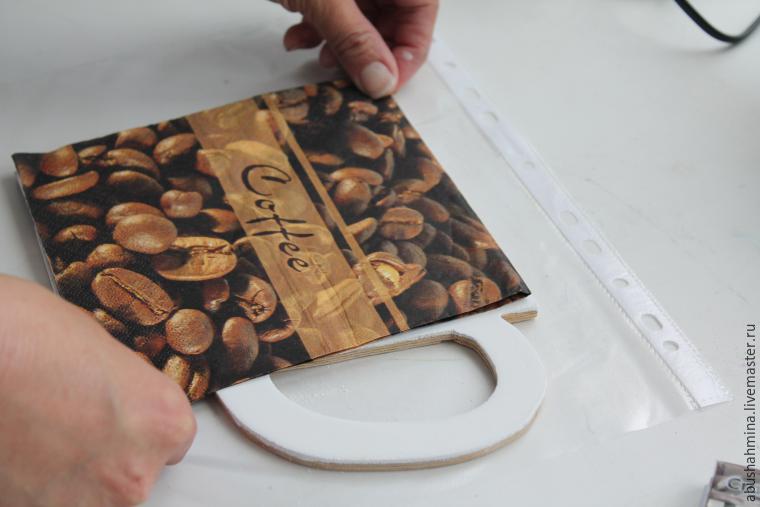

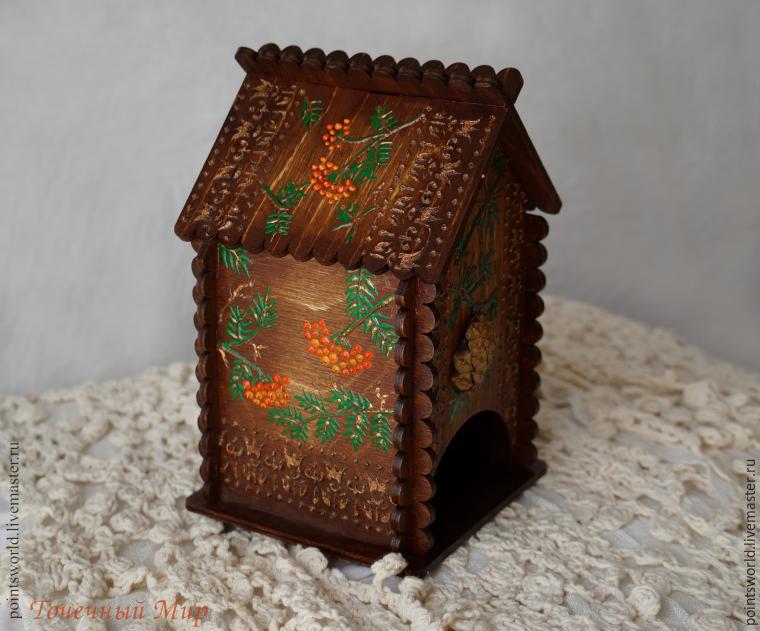
 This master class want to show how to decorate the house for tea made of plywood under the forest izbushechku without using decoupage. Master Class Time is suspended, without time to dry.
This master class want to show how to decorate the house for tea made of plywood under the forest izbushechku without using decoupage. Master Class Time is suspended, without time to dry.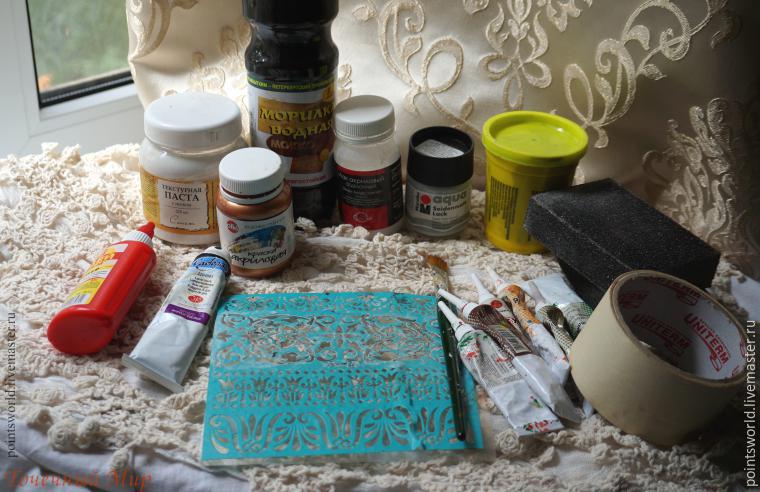
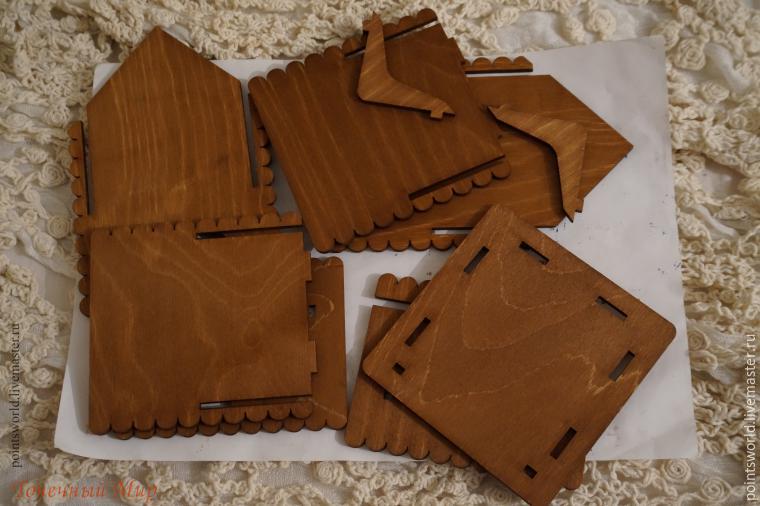 After drying the skins to properly collect and smoothness house. PVA glue construction wall between himself and the roof. I’m on the floor until pasting, for the convenience of further manipulation, but at the time of bonding of the floor wall insert so that they are not twisted. I fix the masking tape and rubber bands. I do not know how anyone, but I prefer a thin glue on the edges of the cracks and distribute a toothpick and spicy flat nail file 🙂 left to dry for several hours.
After drying the skins to properly collect and smoothness house. PVA glue construction wall between himself and the roof. I’m on the floor until pasting, for the convenience of further manipulation, but at the time of bonding of the floor wall insert so that they are not twisted. I fix the masking tape and rubber bands. I do not know how anyone, but I prefer a thin glue on the edges of the cracks and distribute a toothpick and spicy flat nail file 🙂 left to dry for several hours.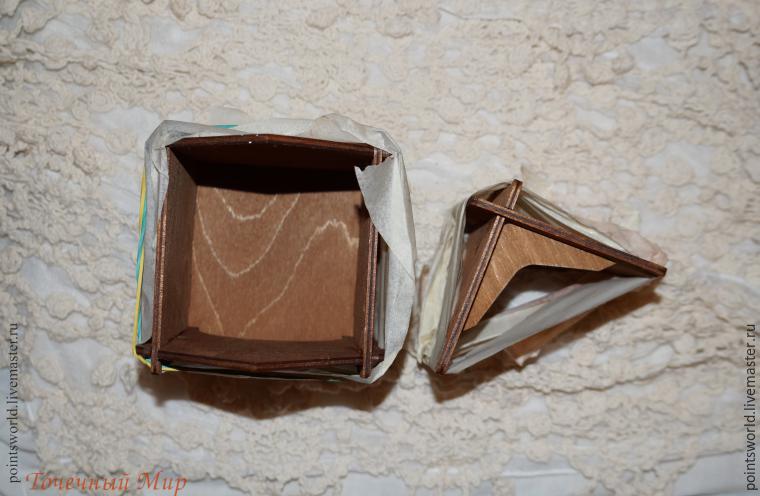 Here, at the Fair, I met with a magic effect “glow” in the decoupage works of some artists, and have long wanted to try to apply it by hand. To do this, at the center of each face of the house and the roof I carefully hides, blowing out:
Here, at the Fair, I met with a magic effect “glow” in the decoupage works of some artists, and have long wanted to try to apply it by hand. To do this, at the center of each face of the house and the roof I carefully hides, blowing out: Now we go to the application of decorative elements. Rowan mountain ash, but it I decided to do some framing patterns. I really like to do the bulk pattern texture paste. On the one hand this pattern stands out due to its volume, on the other – not too flashy and will not interrupt the main figure due to its color close to the color of the house. We spread the texture paste in a glass, add there a little acrylic paint, I took the brown and carbon black, so that in the end turned the color slightly darker edges of faces.
Now we go to the application of decorative elements. Rowan mountain ash, but it I decided to do some framing patterns. I really like to do the bulk pattern texture paste. On the one hand this pattern stands out due to its volume, on the other – not too flashy and will not interrupt the main figure due to its color close to the color of the house. We spread the texture paste in a glass, add there a little acrylic paint, I took the brown and carbon black, so that in the end turned the color slightly darker edges of faces.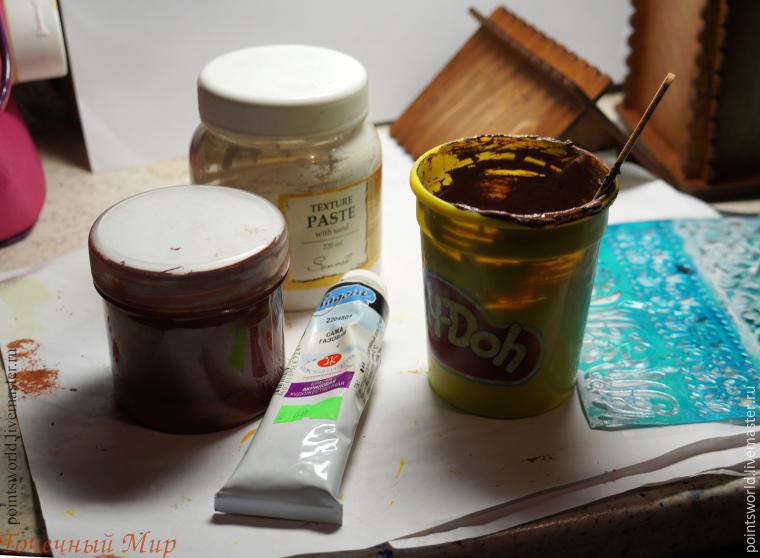 Impose a stencil (I Adhesive) and causes the paste is not too flat and not too thick. Spatula for some reason it is not convenient to apply, I put a stick for ice cream
Impose a stencil (I Adhesive) and causes the paste is not too flat and not too thick. Spatula for some reason it is not convenient to apply, I put a stick for ice cream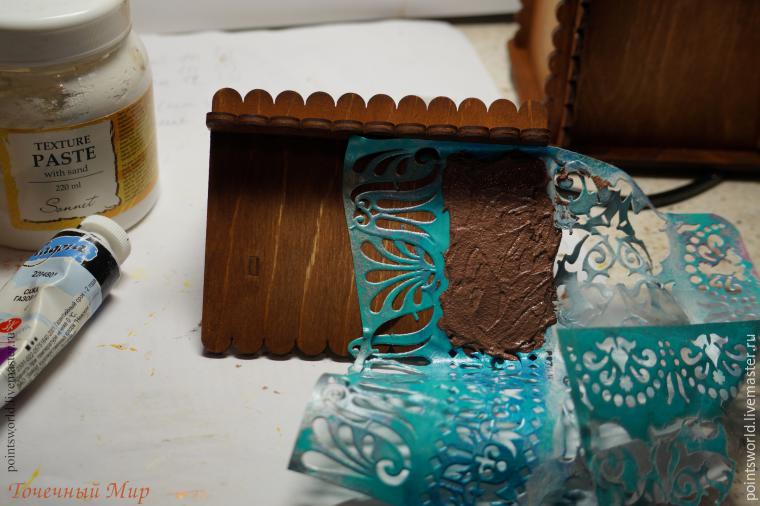

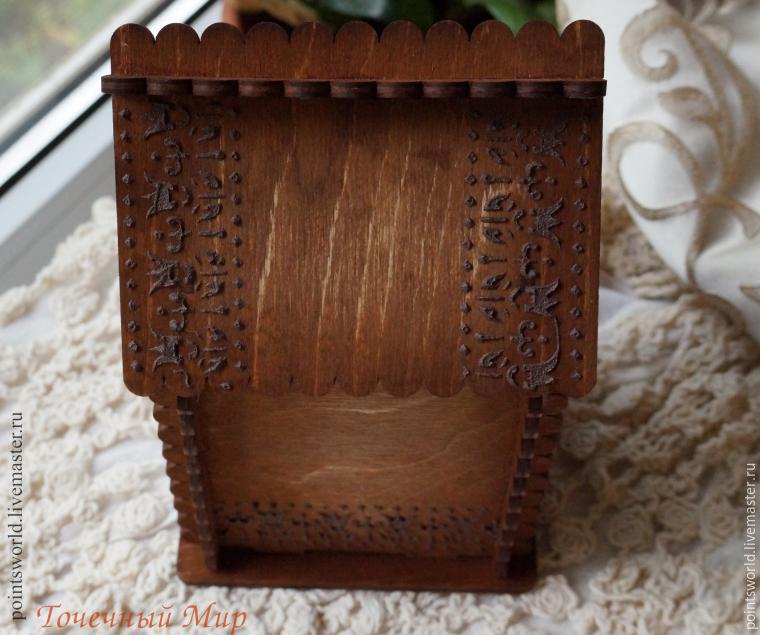
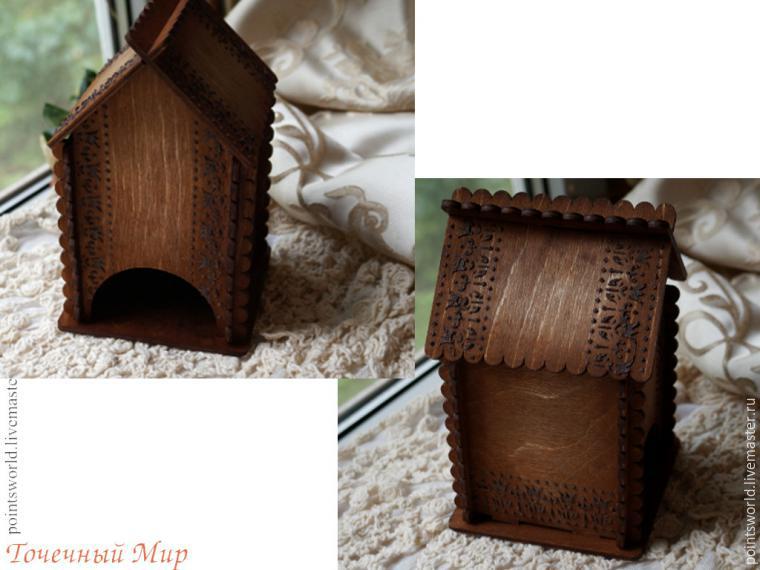 A few hours later, when the paste is dry, lightly brush the paint on the plot the bronze pattern:
A few hours later, when the paste is dry, lightly brush the paint on the plot the bronze pattern: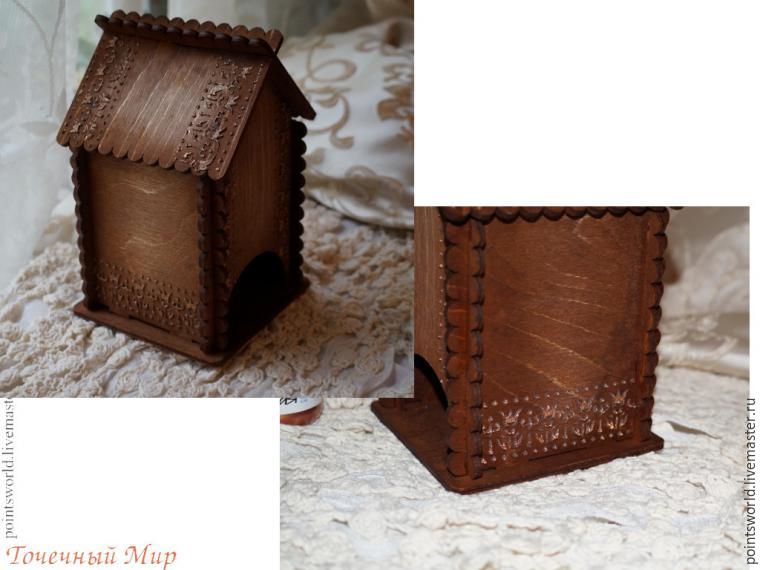
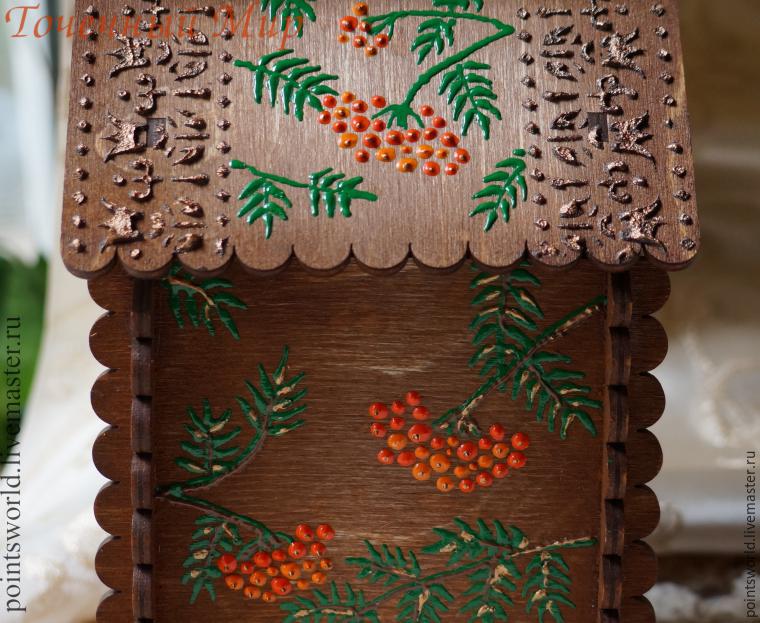 The two sides have I done with rowan, the front and rear wall has decided to do with pine branches. To use real pine cones can be. I cut them in half with a knife, choosing the appropriate items.
The two sides have I done with rowan, the front and rear wall has decided to do with pine branches. To use real pine cones can be. I cut them in half with a knife, choosing the appropriate items. Please outline the location and paste the bumps. So they stuck close, grind and align the direction of bonding bumps skin. Then dorisovyvat pine branch. First again osnovyne elements – green branches and needles as they dry out a bit, complement other flowers, dried needles bronze color.
Please outline the location and paste the bumps. So they stuck close, grind and align the direction of bonding bumps skin. Then dorisovyvat pine branch. First again osnovyne elements – green branches and needles as they dry out a bit, complement other flowers, dried needles bronze color.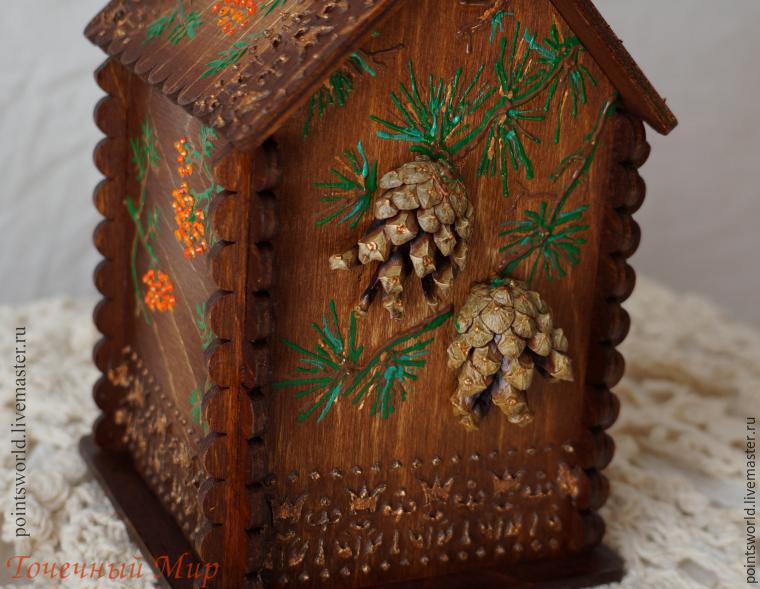

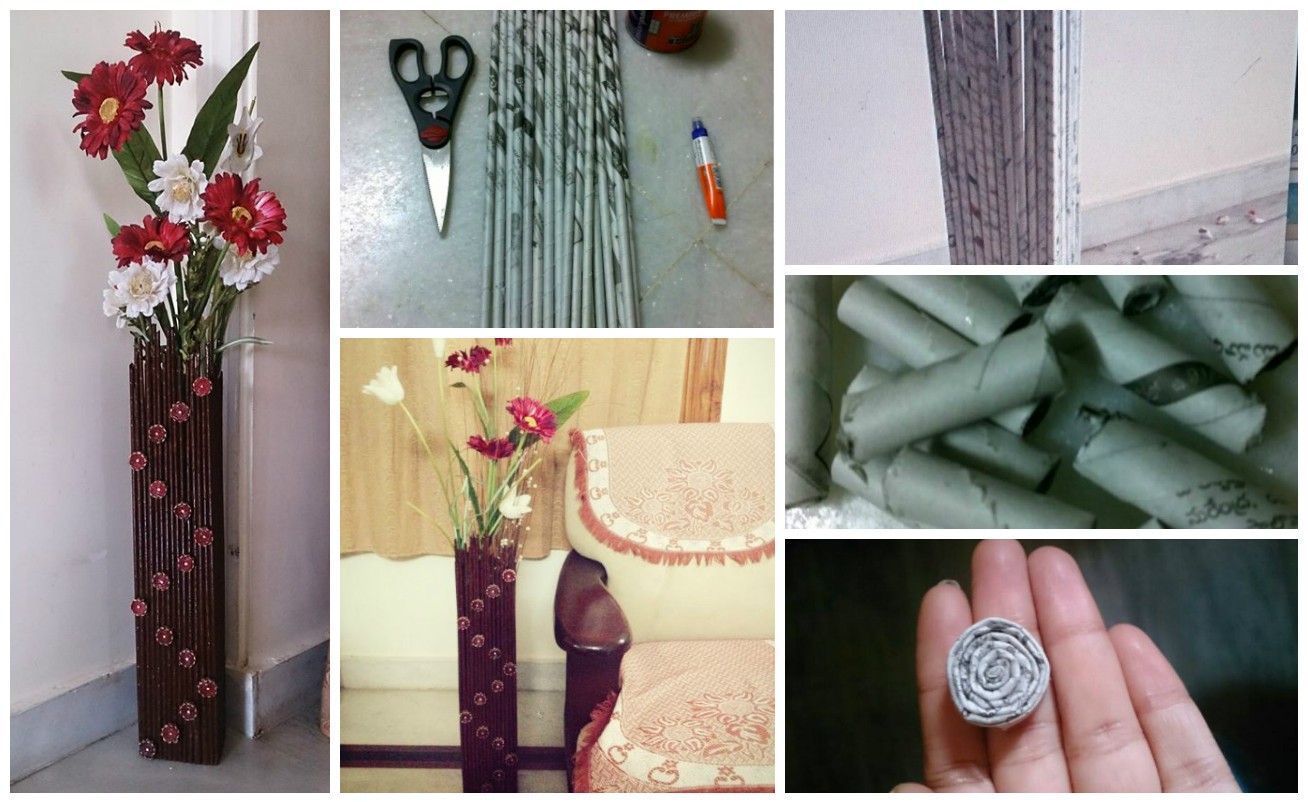
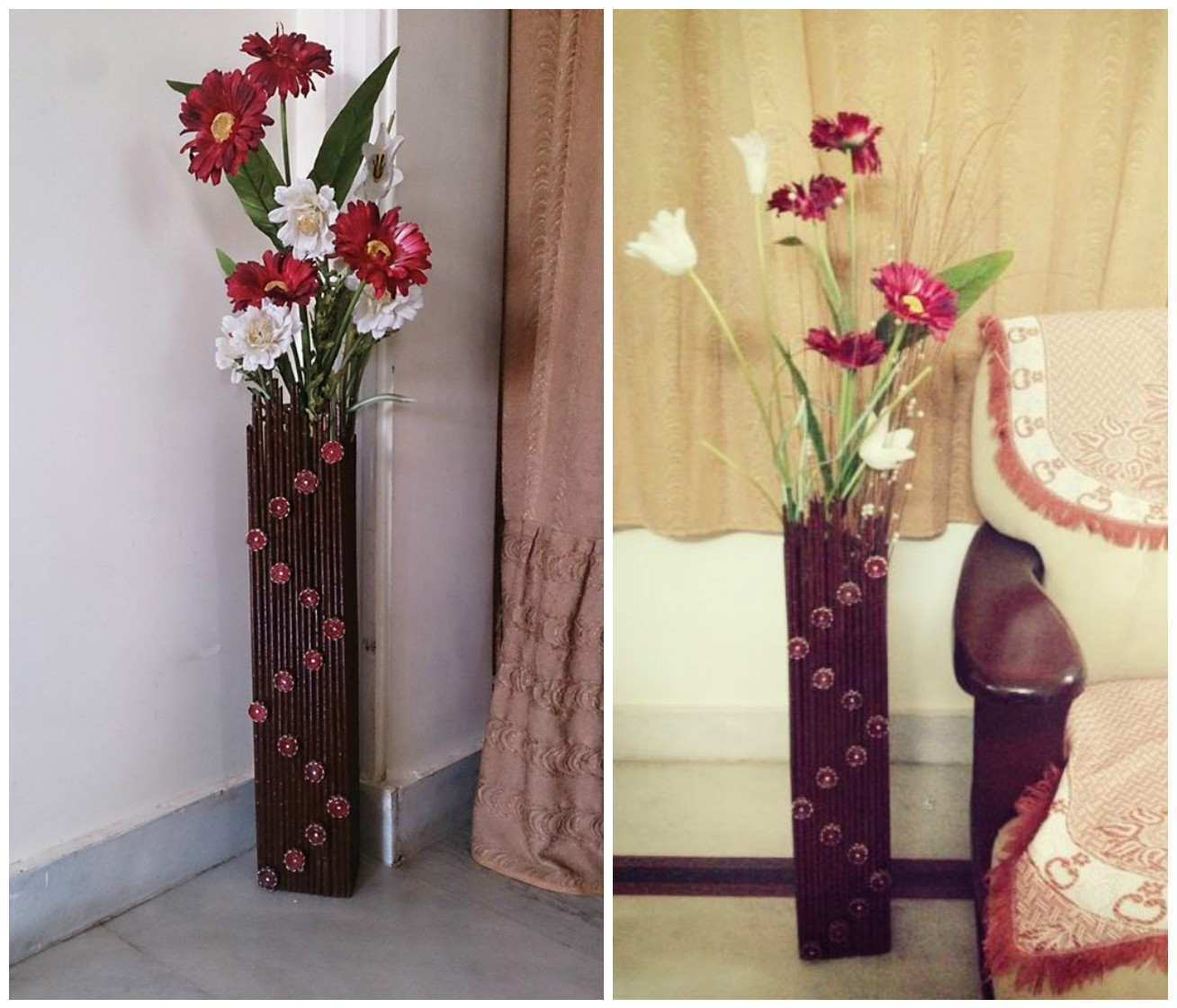

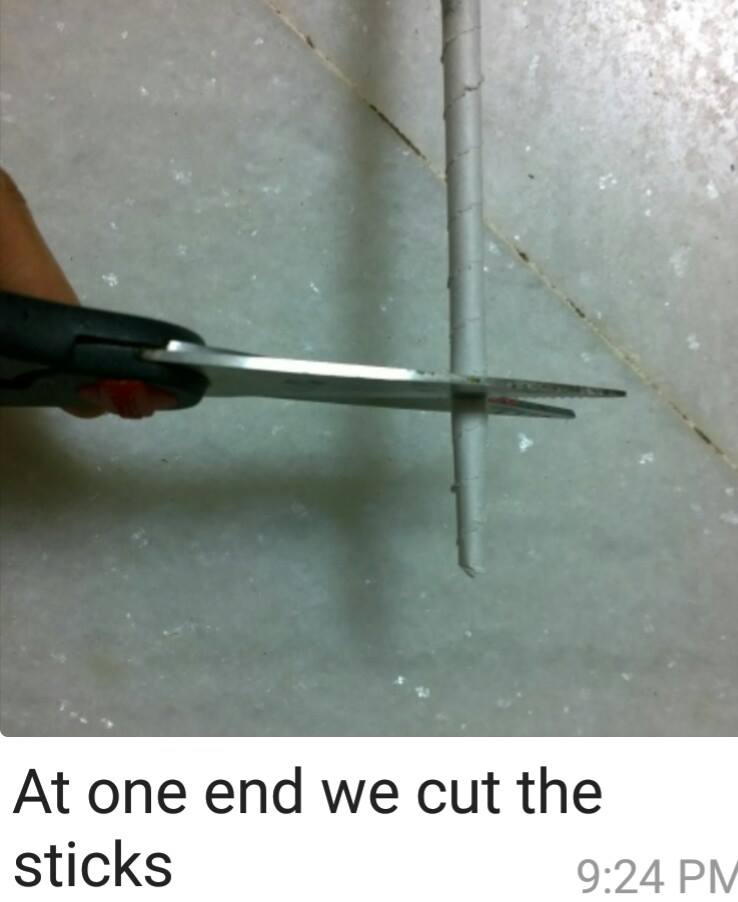

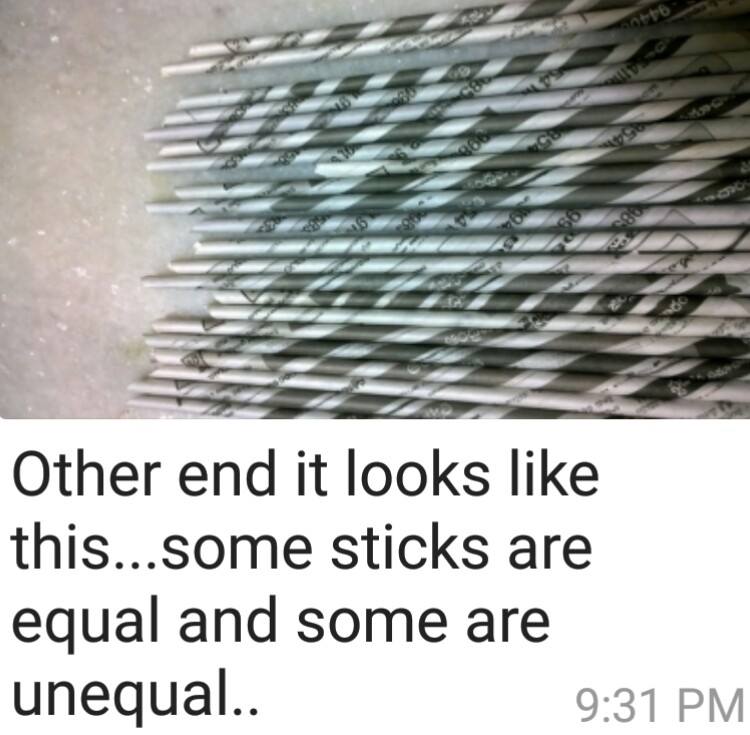
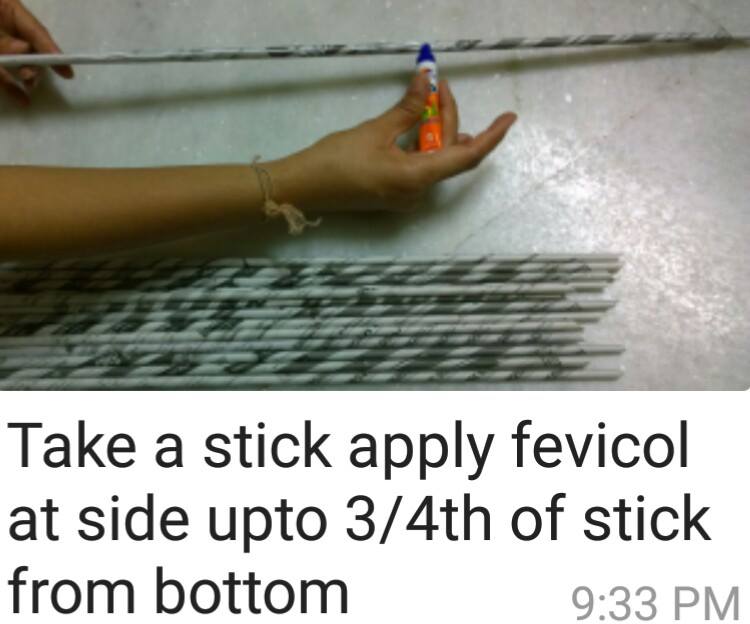
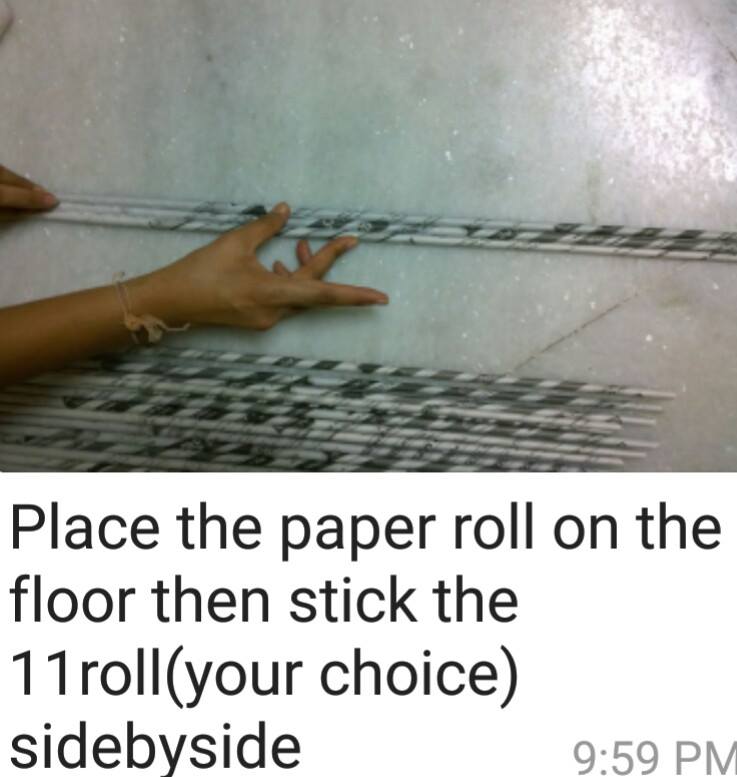
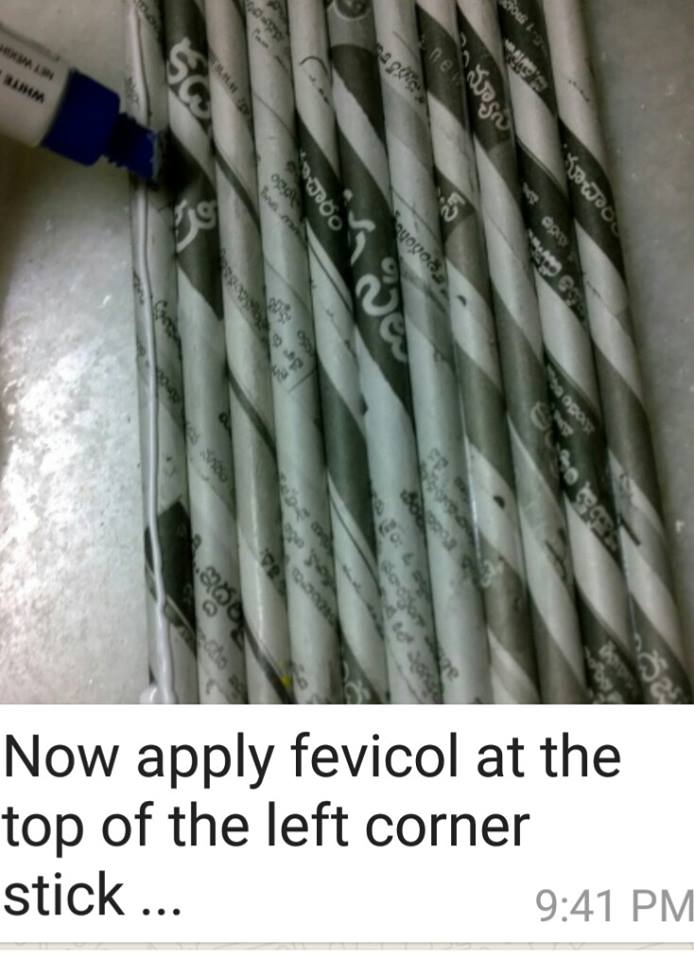
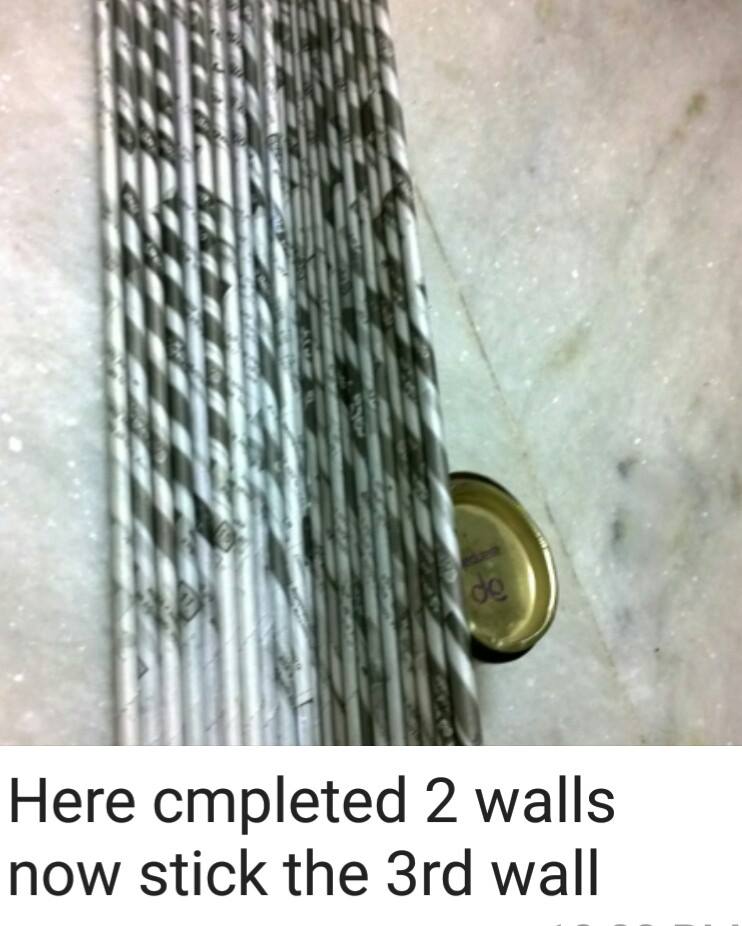
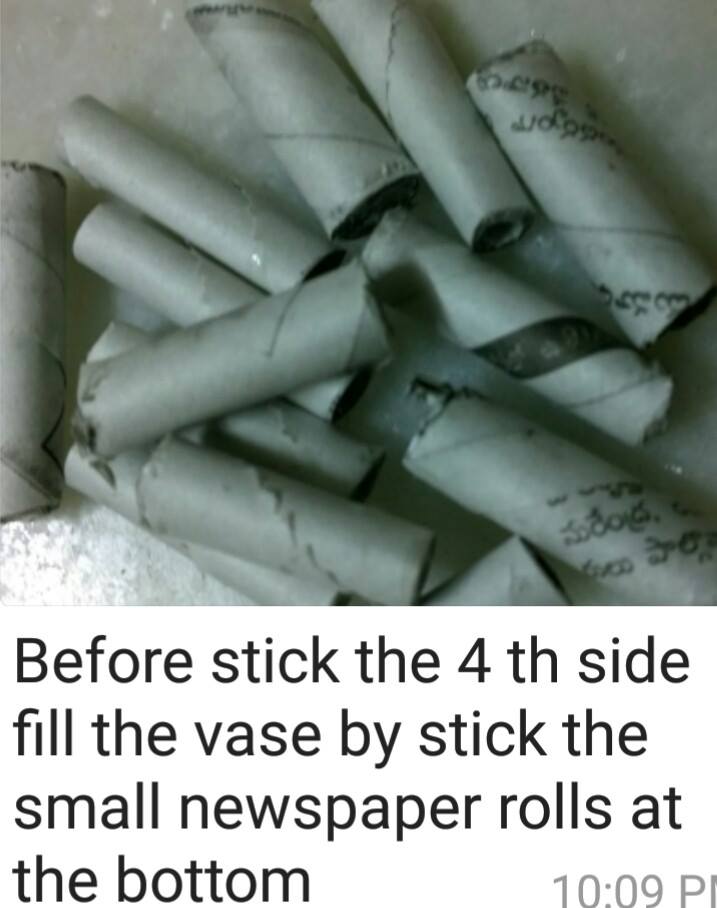
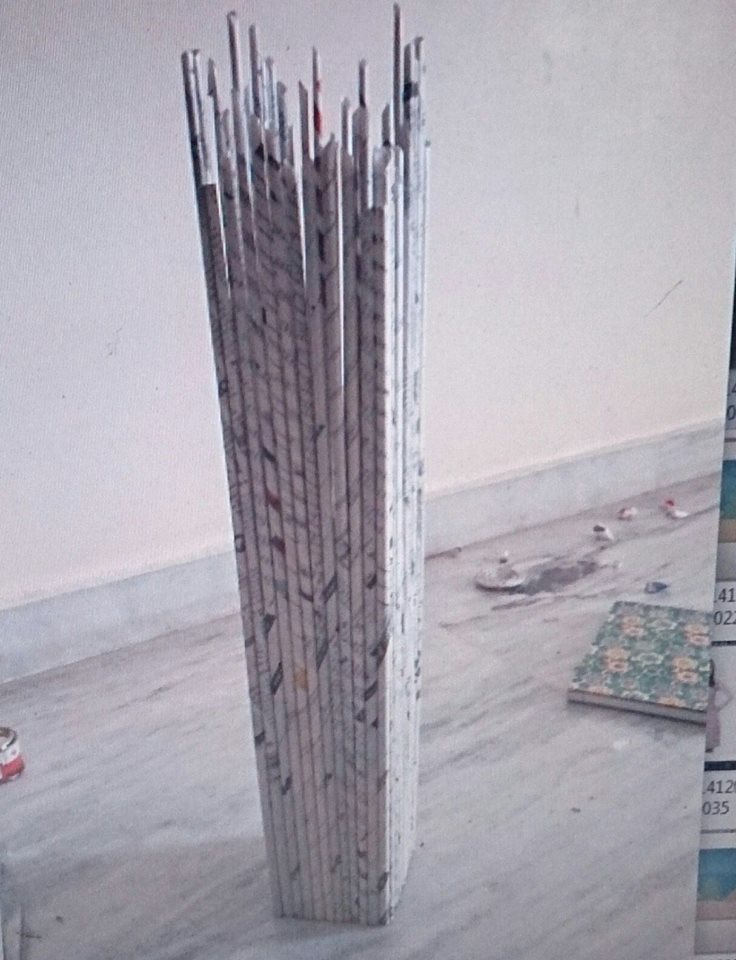
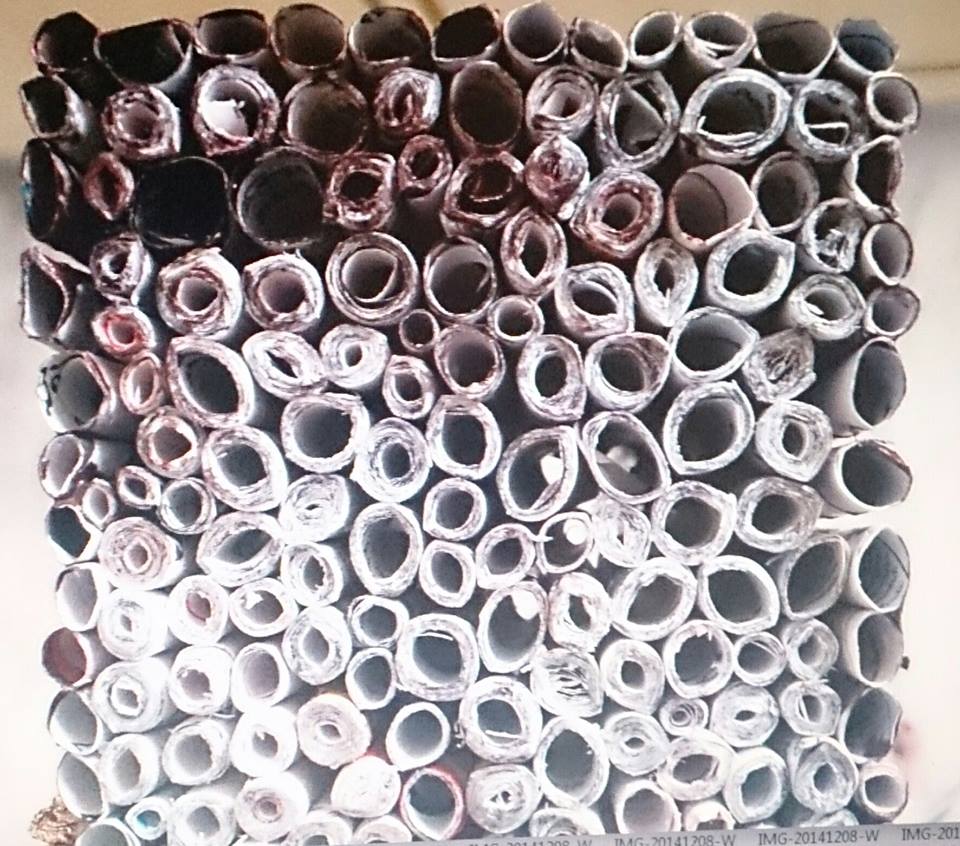
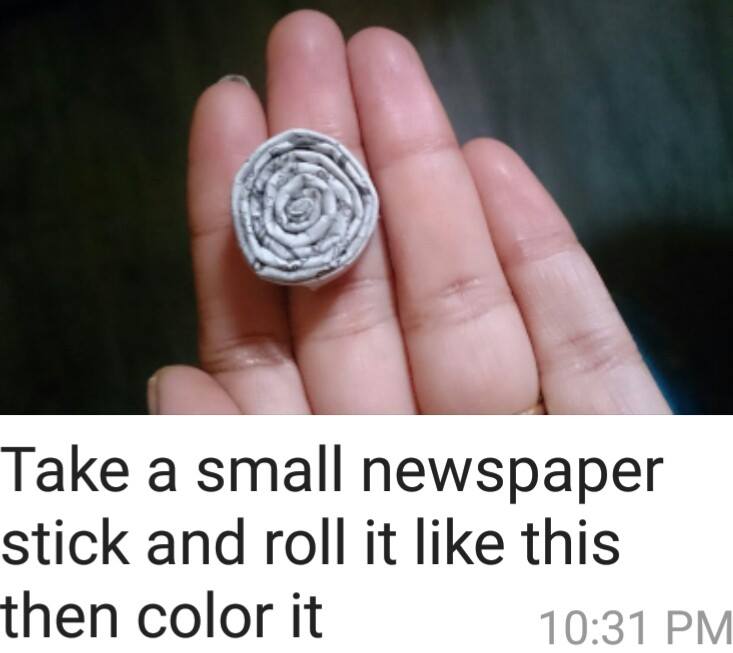


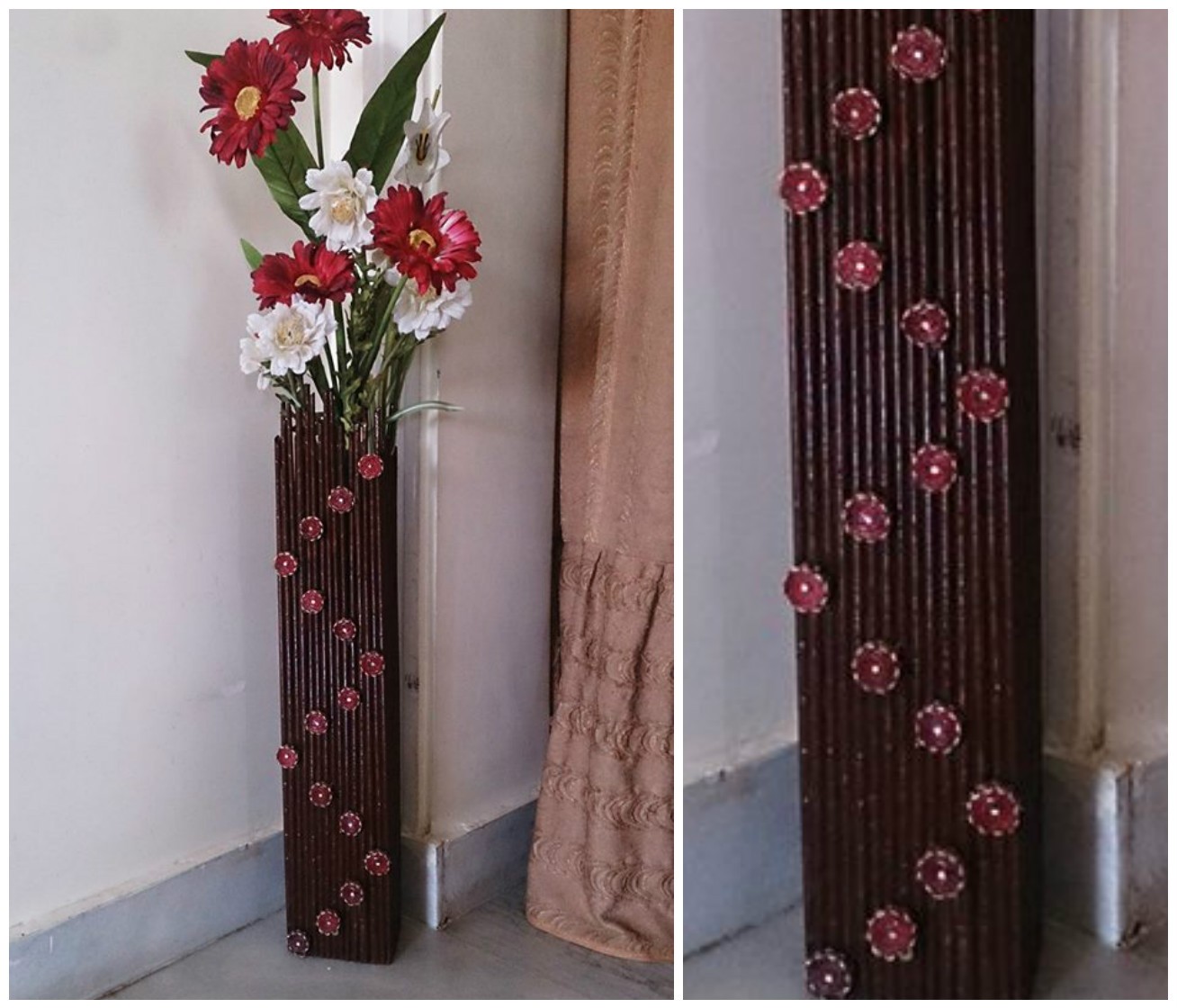

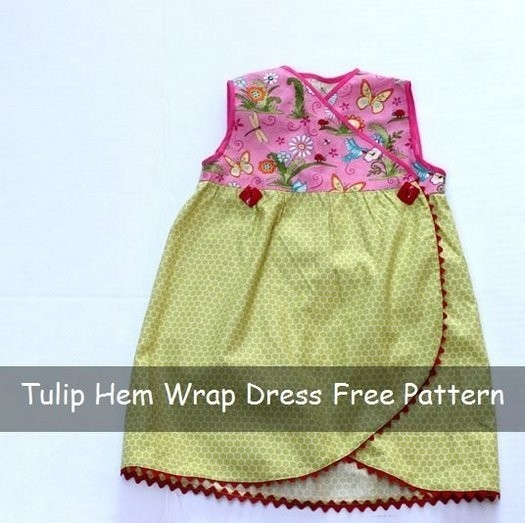 For the manufacture of children’s dresses you need: two cutting cotton in different colors, red wavy rim, two decorative buttons (bigger and brighter than the standard), thread, scissors, pins and sewing machine.
For the manufacture of children’s dresses you need: two cutting cotton in different colors, red wavy rim, two decorative buttons (bigger and brighter than the standard), thread, scissors, pins and sewing machine.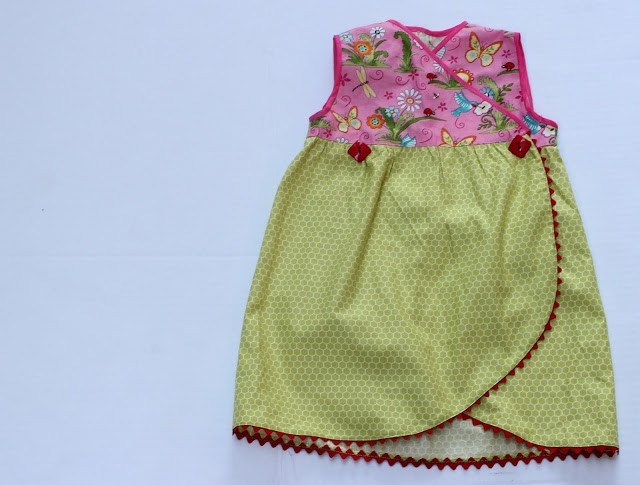 Everything starts with the bottom of the dress – the skirt. Carve out a rectangle of fabric long enough to skirt was not your babe in tight. In length, too, decide for yourself: ideally, the dress should be at the knee or slightly nizhe.Slozhite rectangle for the skirt half.
Everything starts with the bottom of the dress – the skirt. Carve out a rectangle of fabric long enough to skirt was not your babe in tight. In length, too, decide for yourself: ideally, the dress should be at the knee or slightly nizhe.Slozhite rectangle for the skirt half.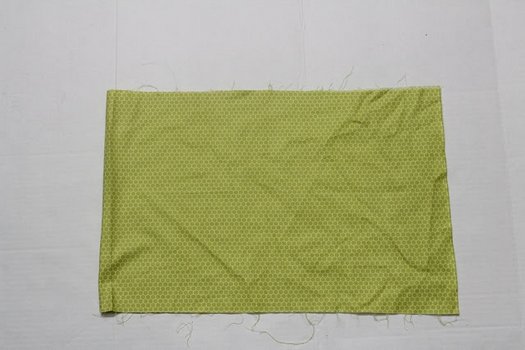 Cut angle in two layers of dress: make it rounded. Even here you can see the details of the future tulip: rounded corners and it will flower petals.
Cut angle in two layers of dress: make it rounded. Even here you can see the details of the future tulip: rounded corners and it will flower petals. The bottom and side edges of the skirt next bend double to wrong side and Stitch.
The bottom and side edges of the skirt next bend double to wrong side and Stitch.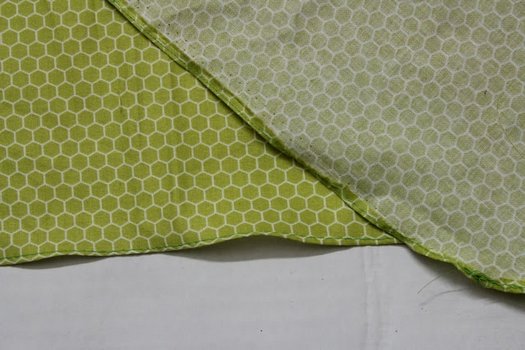 Also sew on all sides except the top-line skirts, wavy fringe. You can also use the lace or ruffles.
Also sew on all sides except the top-line skirts, wavy fringe. You can also use the lace or ruffles.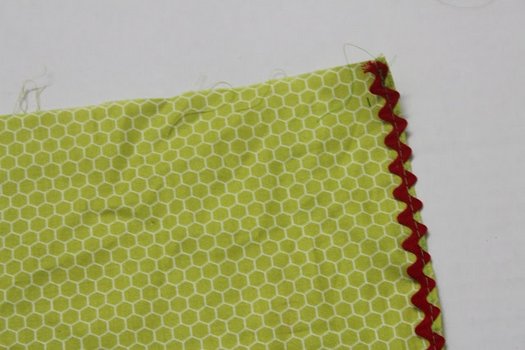 You can sew the hem so that on the front side only the side of the teeth.
You can sew the hem so that on the front side only the side of the teeth. Now you need is gathered top line skirts or gum paste into it. How to insert a rubber band, you probably can guess, but is gathered – a little more complicated. Dvadly necessary to bend the upper edge and stitch it, and then strung on a thread and pull it. Try to pull off so that the skirt then covered another little princess!
Now you need is gathered top line skirts or gum paste into it. How to insert a rubber band, you probably can guess, but is gathered – a little more complicated. Dvadly necessary to bend the upper edge and stitch it, and then strung on a thread and pull it. Try to pull off so that the skirt then covered another little princess!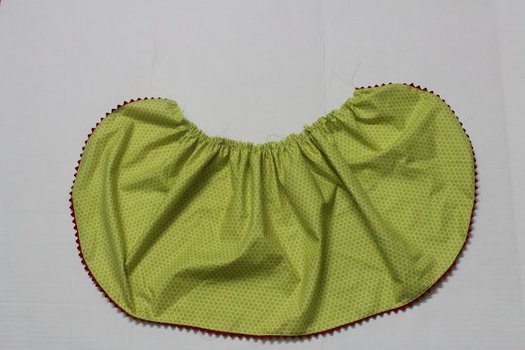 Cutting parts for the upper part of the dress. Pattern is the easiest, because children’s clothes do not need recesses. To carve out a piece for the back and two (in mirror image, with an oblique smell) – for products forehand.
Cutting parts for the upper part of the dress. Pattern is the easiest, because children’s clothes do not need recesses. To carve out a piece for the back and two (in mirror image, with an oblique smell) – for products forehand. Fold the back and from the front halves face to face. Secure with pins in several places.
Fold the back and from the front halves face to face. Secure with pins in several places.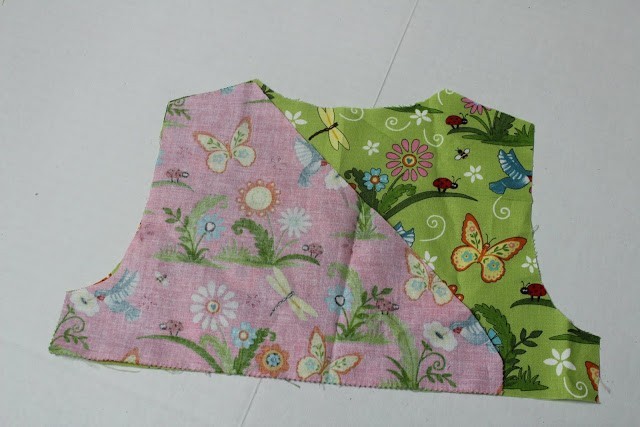 Stitch the side seam and the shoulder. Similarly, do the second and the front half. Remove the top of the front side and try to wrap halves Perda one after another.
Stitch the side seam and the shoulder. Similarly, do the second and the front half. Remove the top of the front side and try to wrap halves Perda one after another.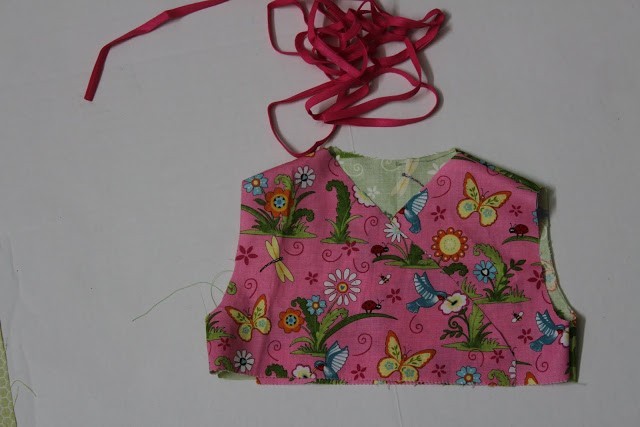 On the bottom line of the upper part (this also applies to the back, and the two halves of the forehand) stitched edging out of the ordinary or braid piping. It is more convenient to use a slash Bakey, as it is already perfectly folded in half and could well wrap the edge of the product.
On the bottom line of the upper part (this also applies to the back, and the two halves of the forehand) stitched edging out of the ordinary or braid piping. It is more convenient to use a slash Bakey, as it is already perfectly folded in half and could well wrap the edge of the product. The same border or bias binding obsheyte neck, which passes the smell in both halves forehand.
The same border or bias binding obsheyte neck, which passes the smell in both halves forehand.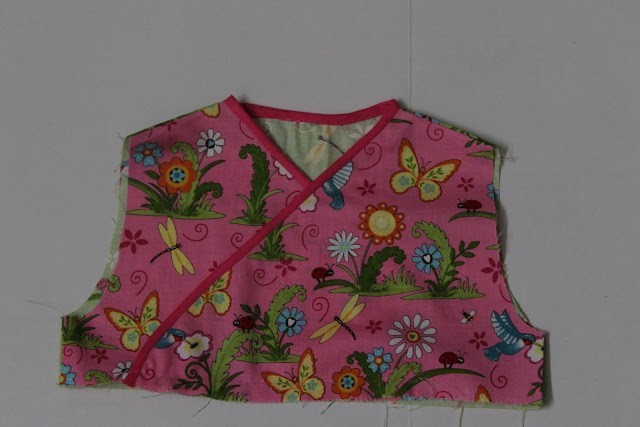 Now fold the top and bottom of the future tulip dresses together to faces were inside. Fix the joint tissues pins and then prostrochite dress. If we expand the product, it will look like an oval. However, little relief, because in places the
Now fold the top and bottom of the future tulip dresses together to faces were inside. Fix the joint tissues pins and then prostrochite dress. If we expand the product, it will look like an oval. However, little relief, because in places the 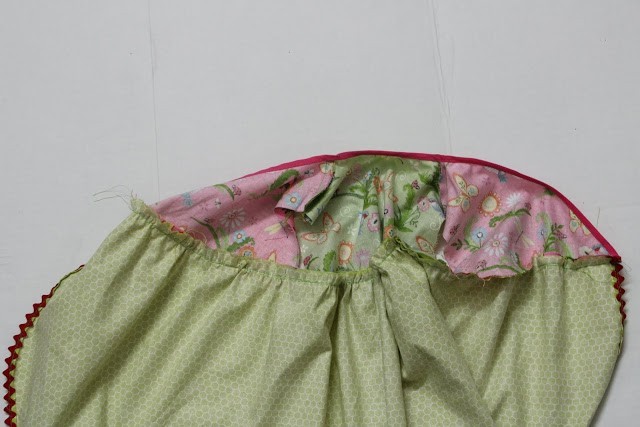 Bias binding obsheyte cuts hoses to the product looked neat. Decide which side will be closed smell, and the lower half of sew two beautiful buttons. In this place the top half, make two holes for the buttons. Obsheyte small stitches by hand, the fabric is not rastrepyvalas.
Bias binding obsheyte cuts hoses to the product looked neat. Decide which side will be closed smell, and the lower half of sew two beautiful buttons. In this place the top half, make two holes for the buttons. Obsheyte small stitches by hand, the fabric is not rastrepyvalas.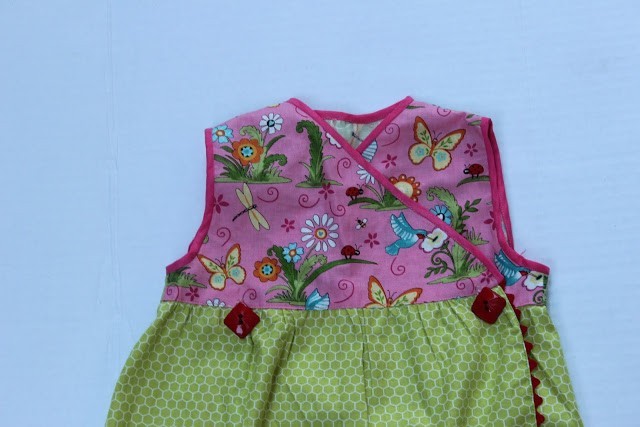 Get the original children’s summer dress! For more you can sew on a button, and the upper part of the product, mentally sketching the triangle between the buttons.
Get the original children’s summer dress! For more you can sew on a button, and the upper part of the product, mentally sketching the triangle between the buttons.